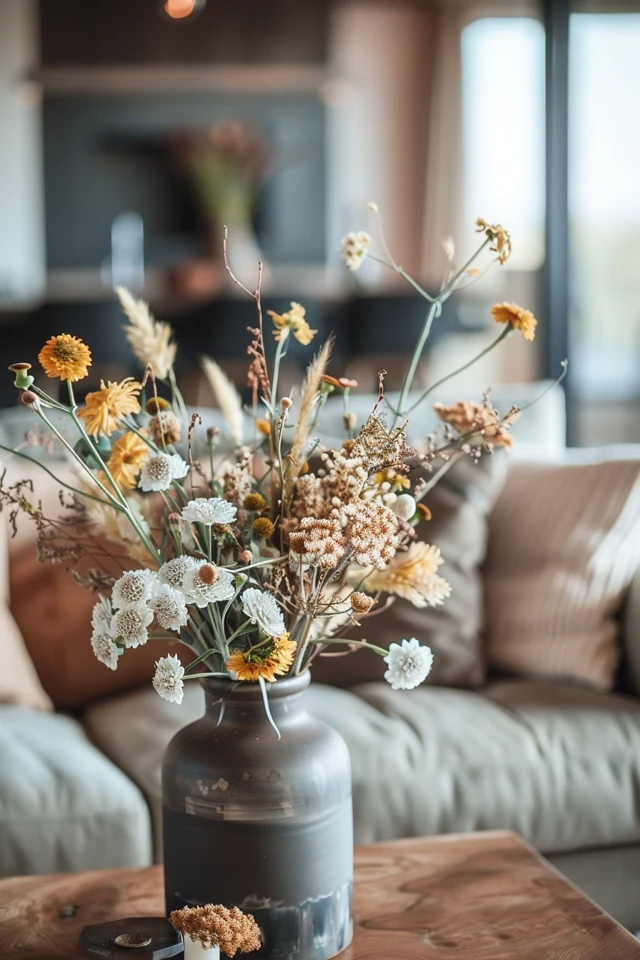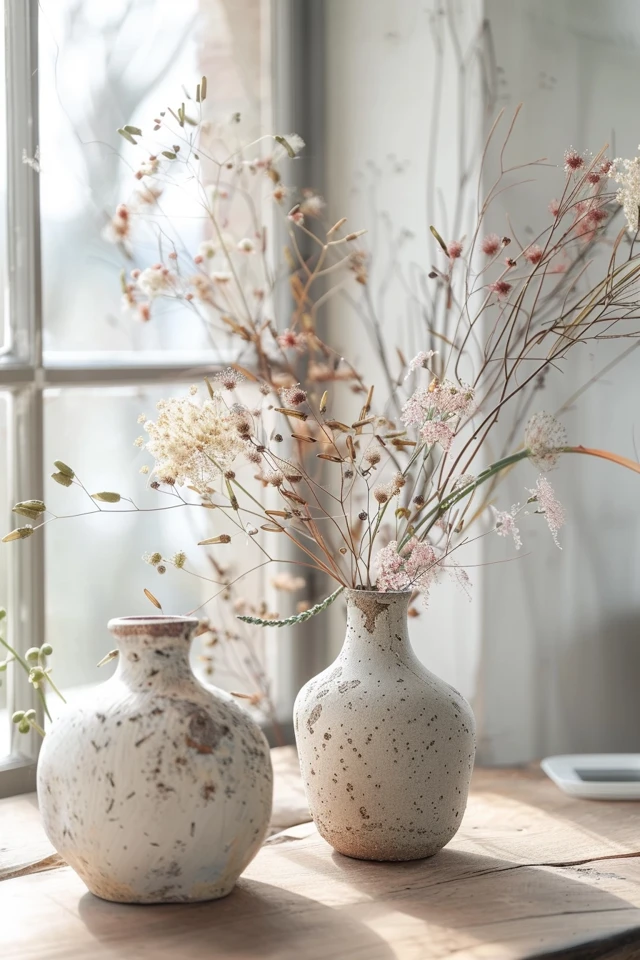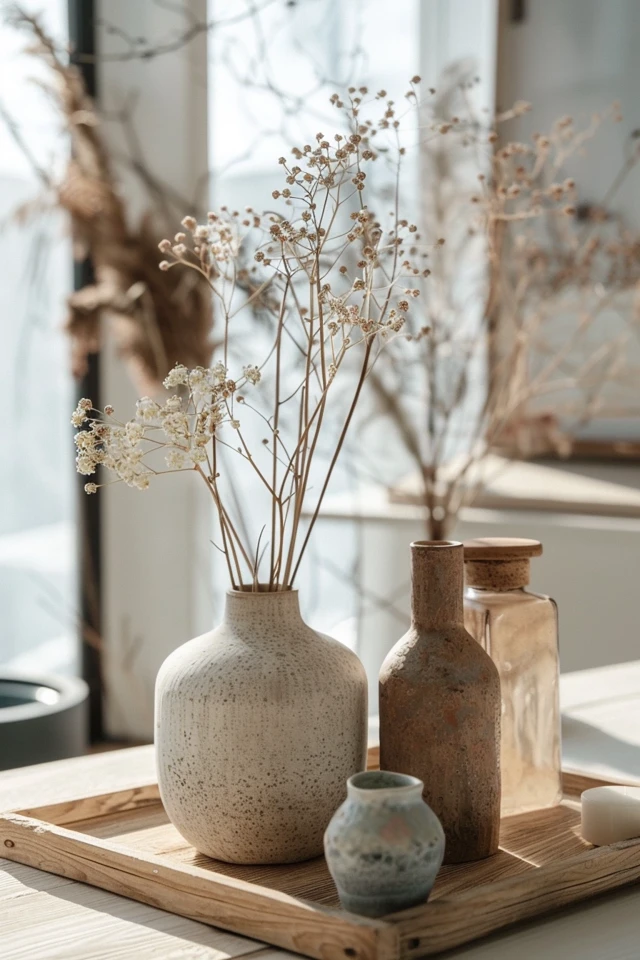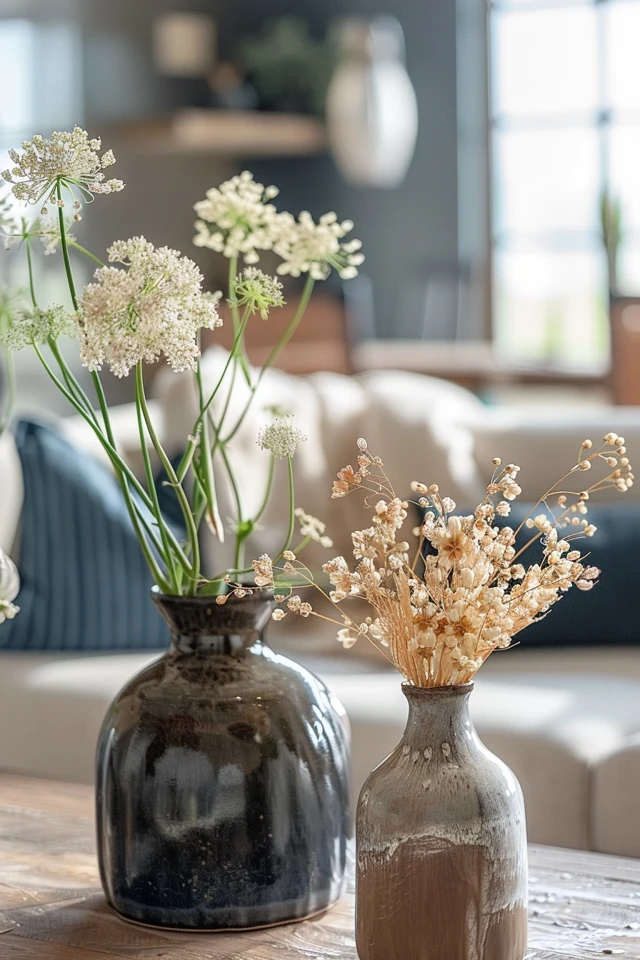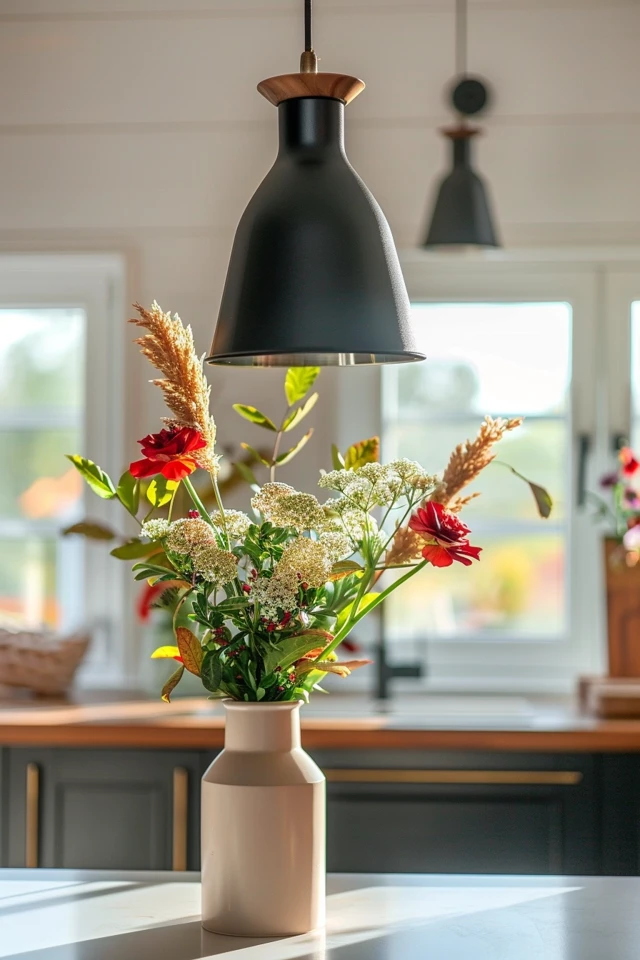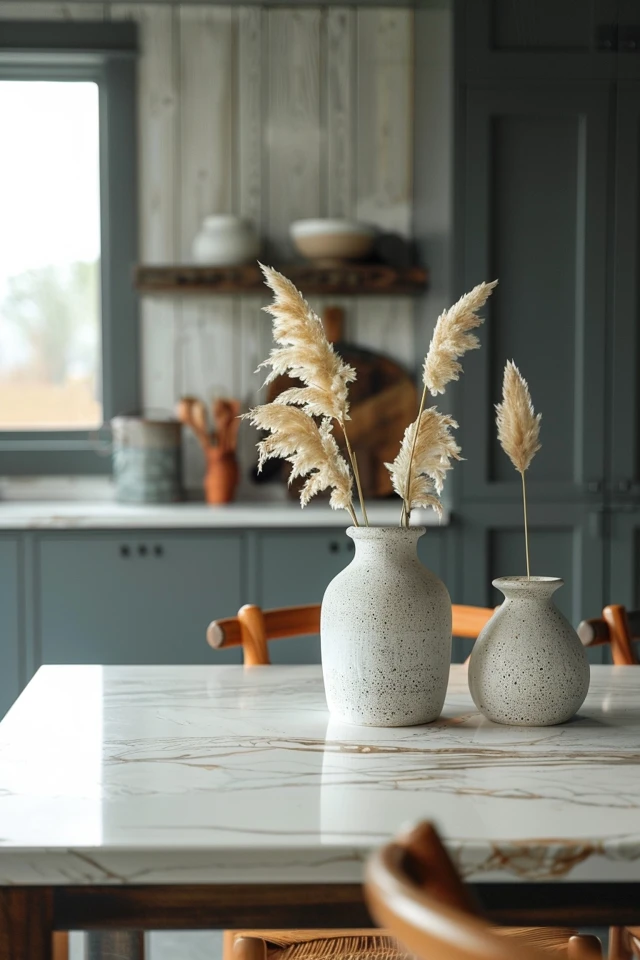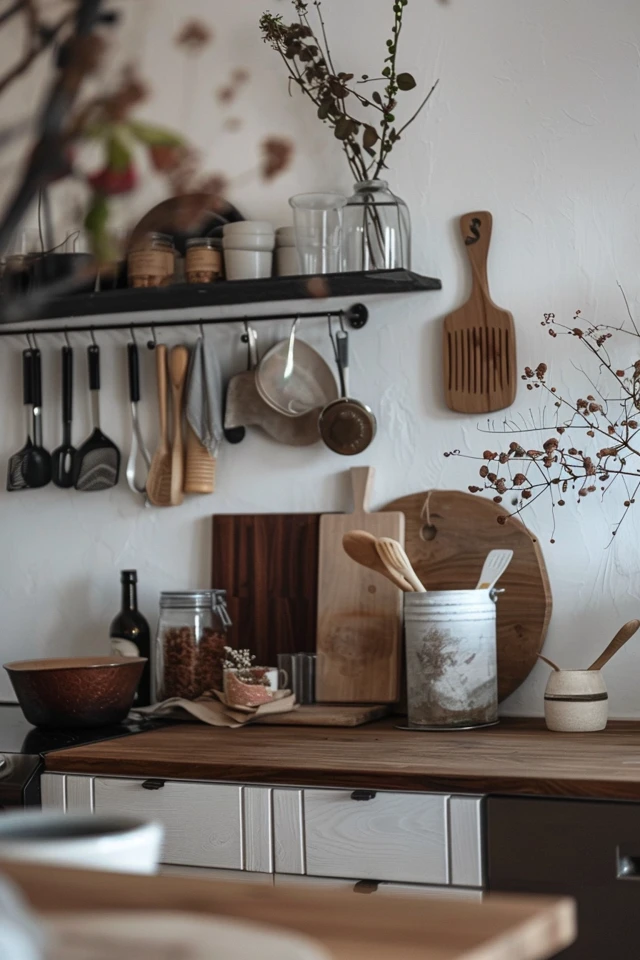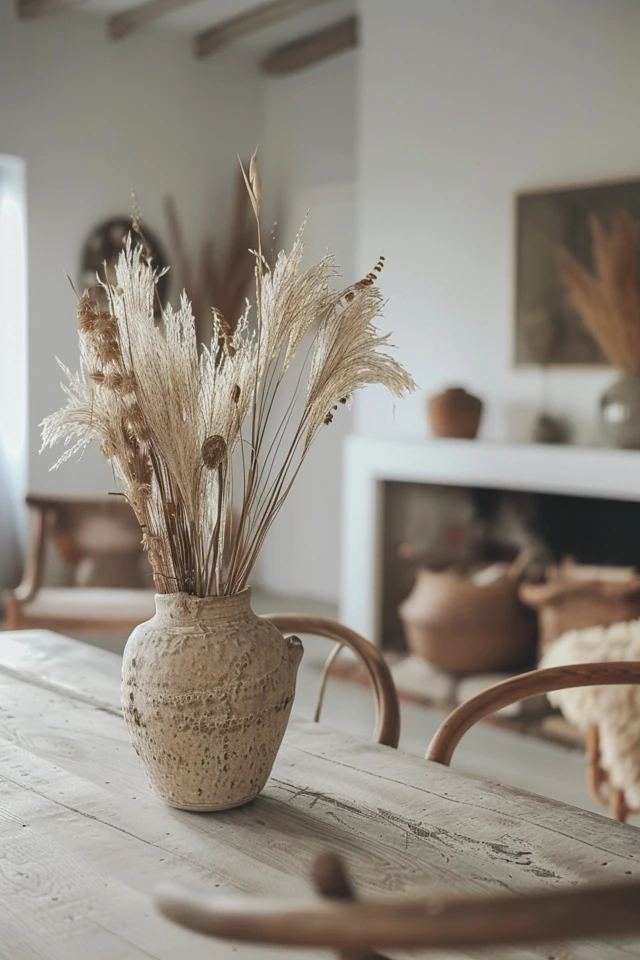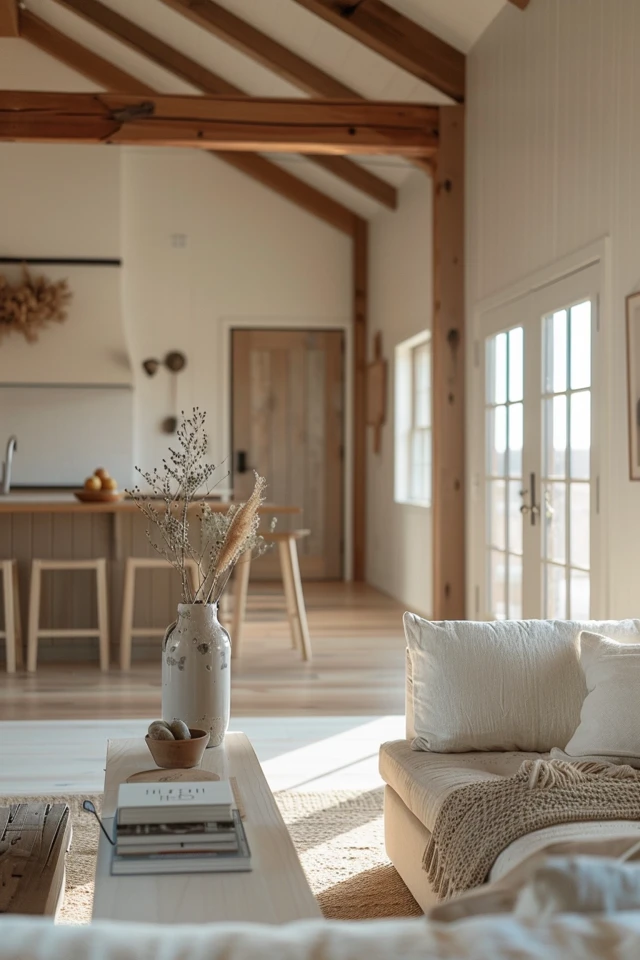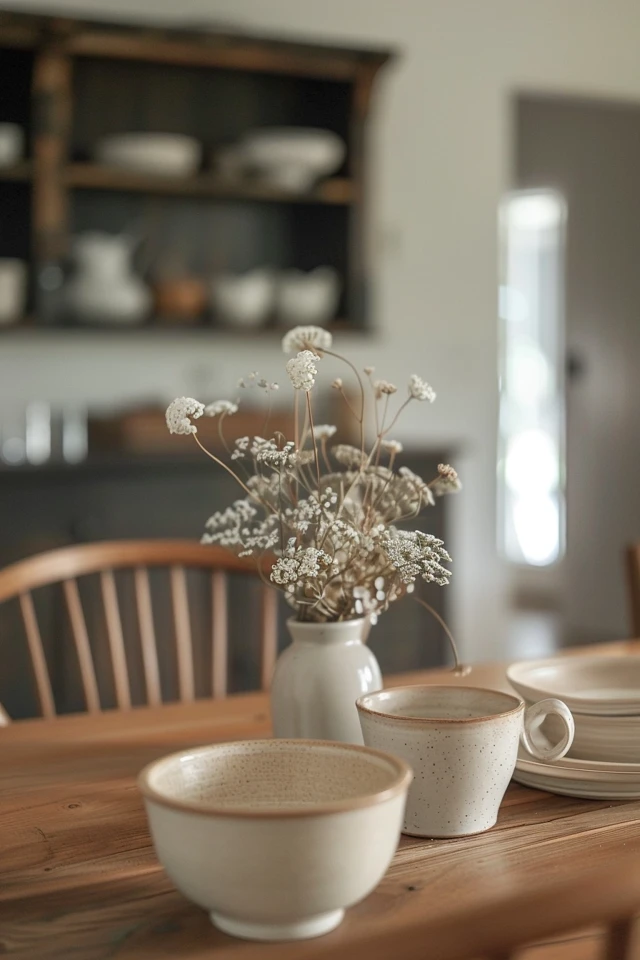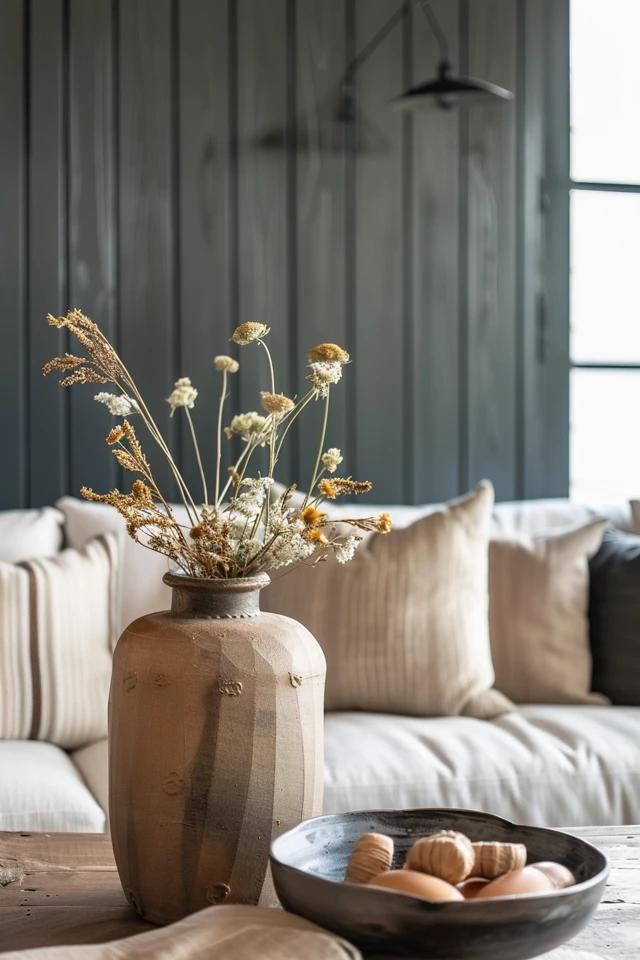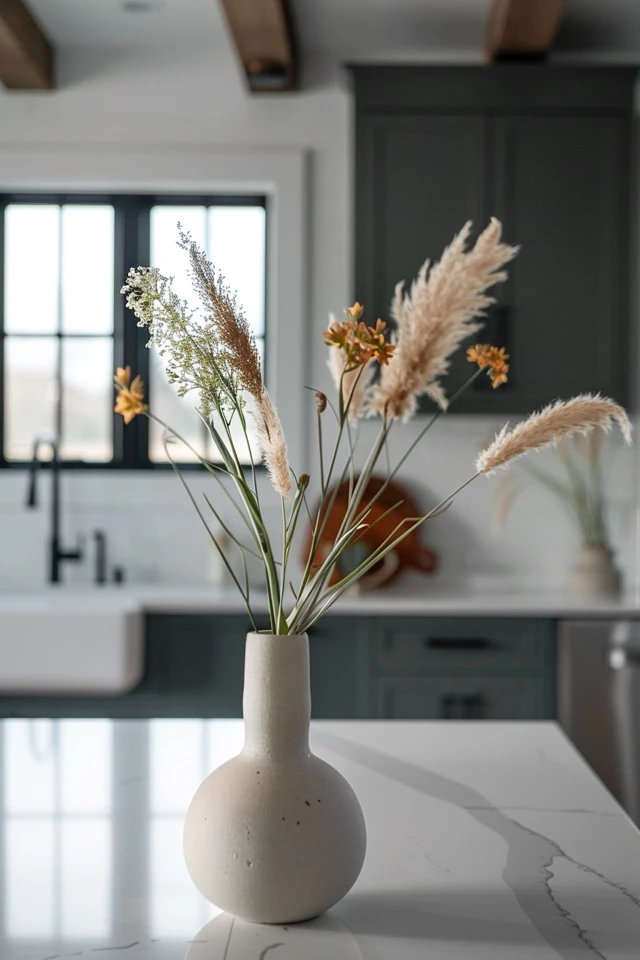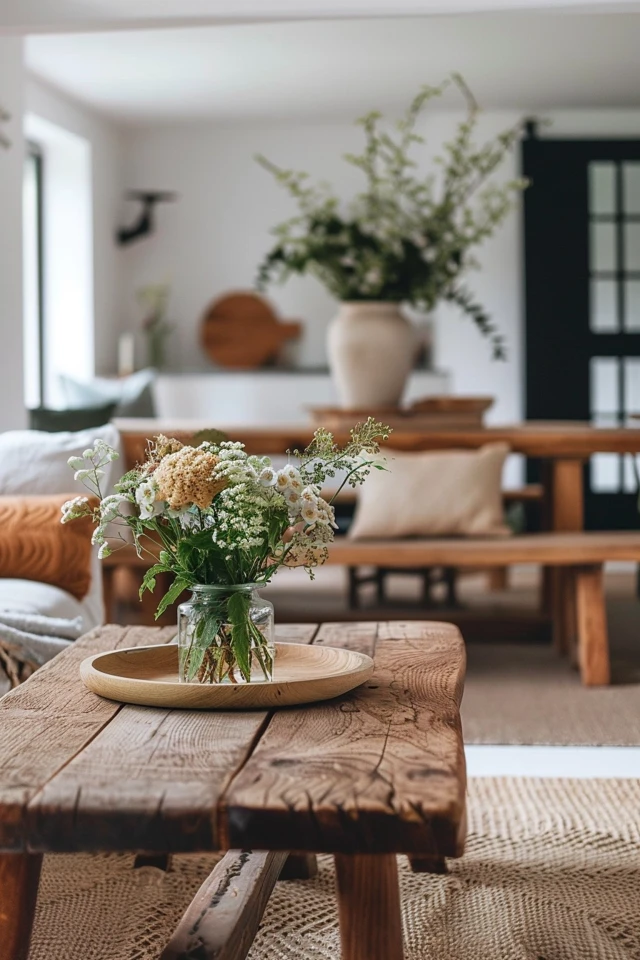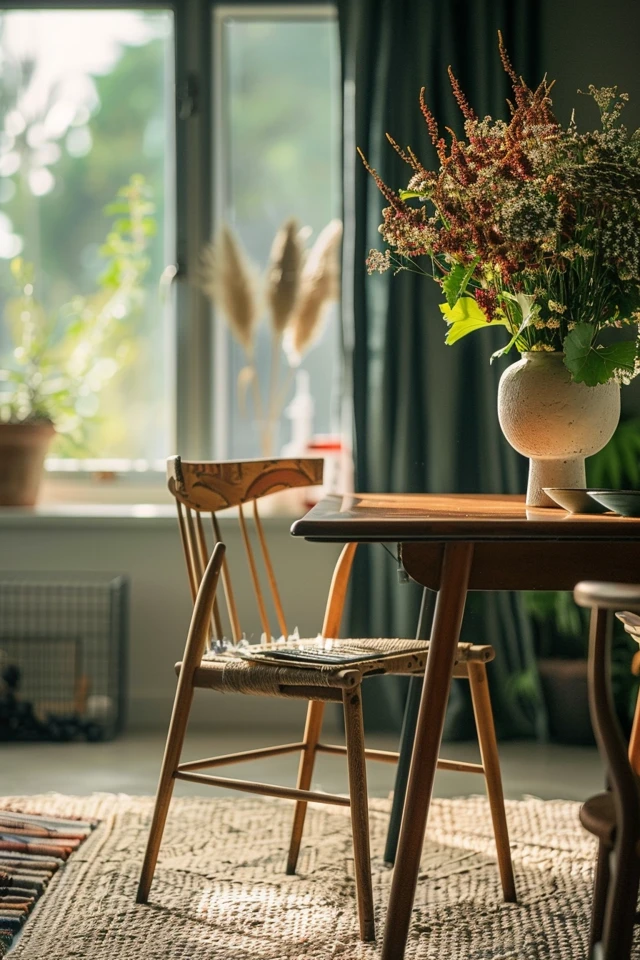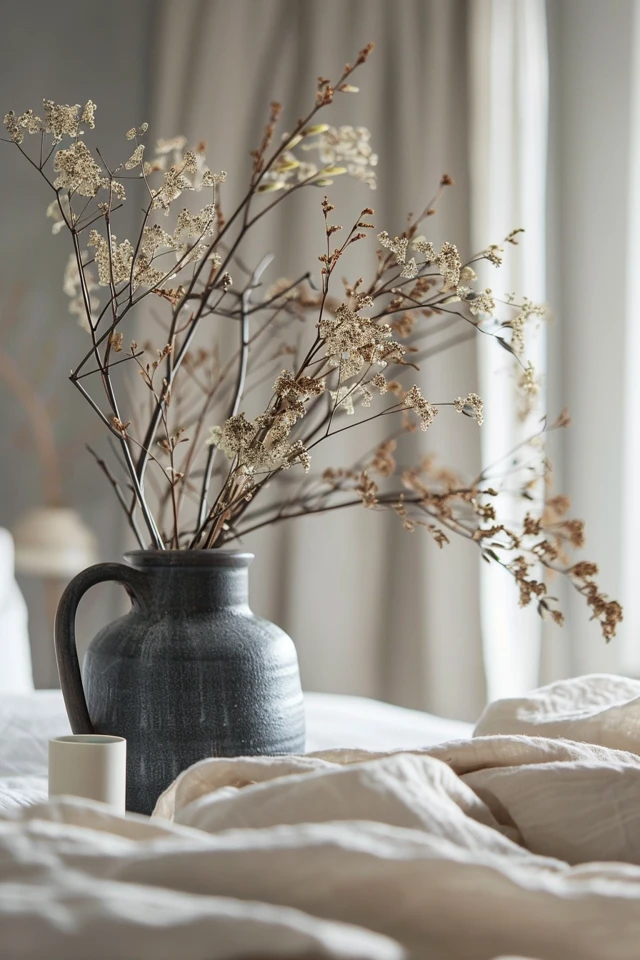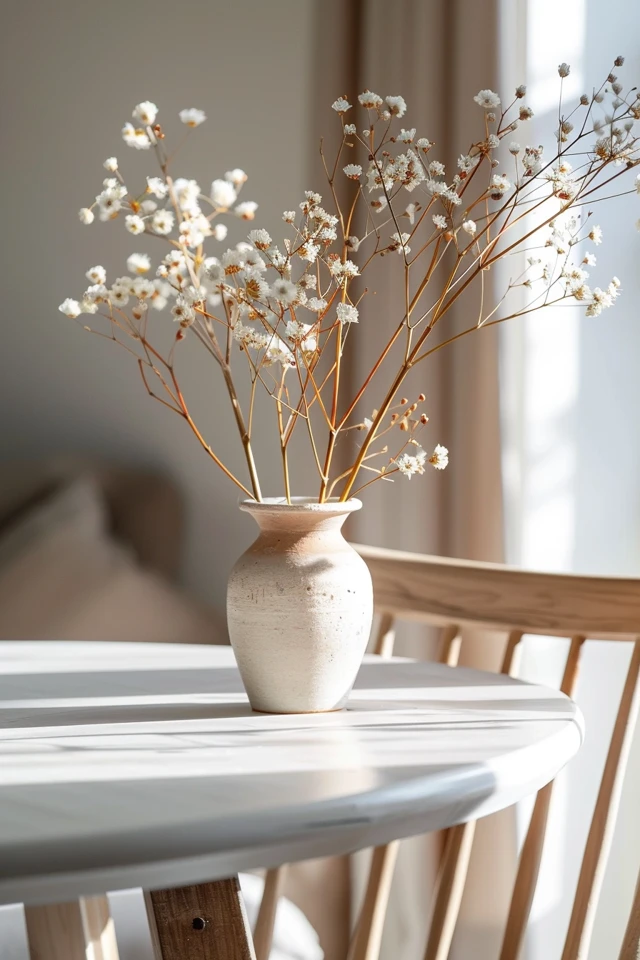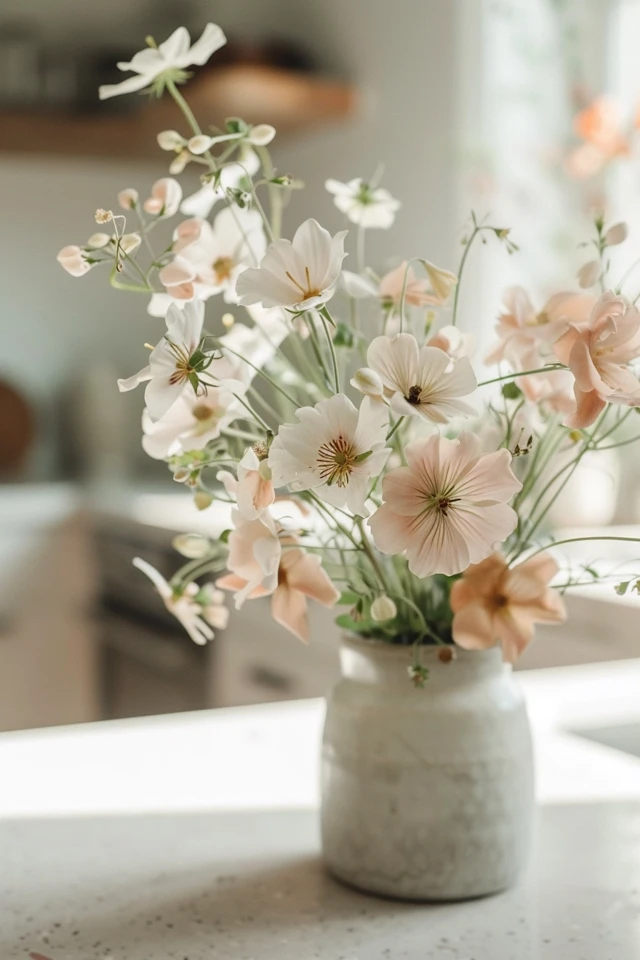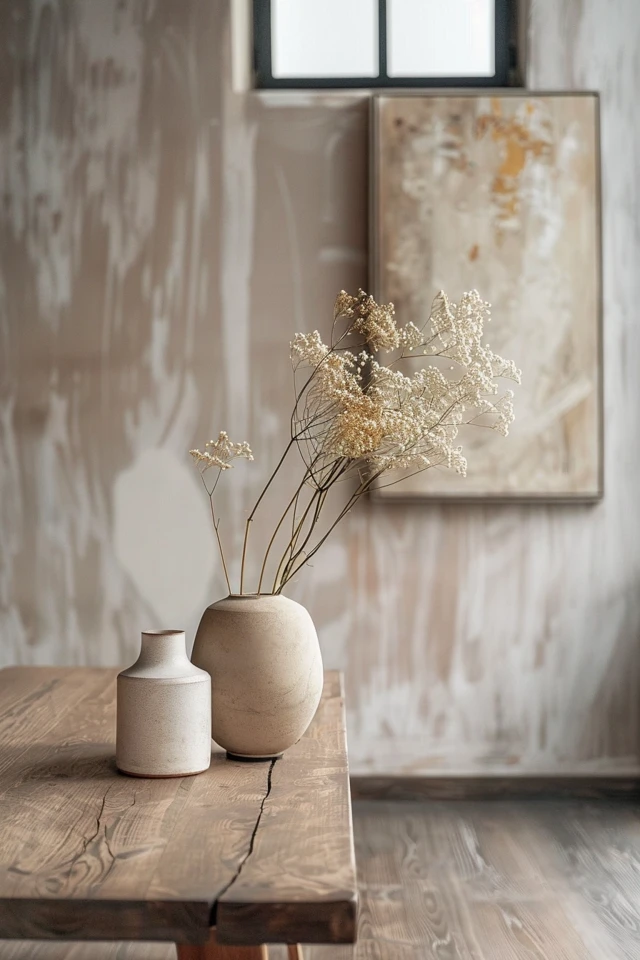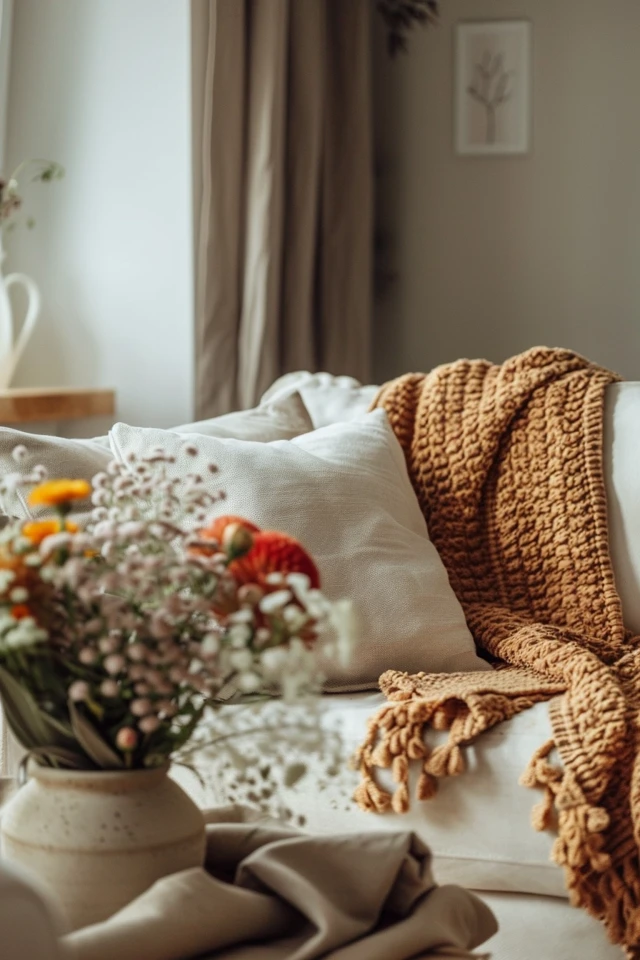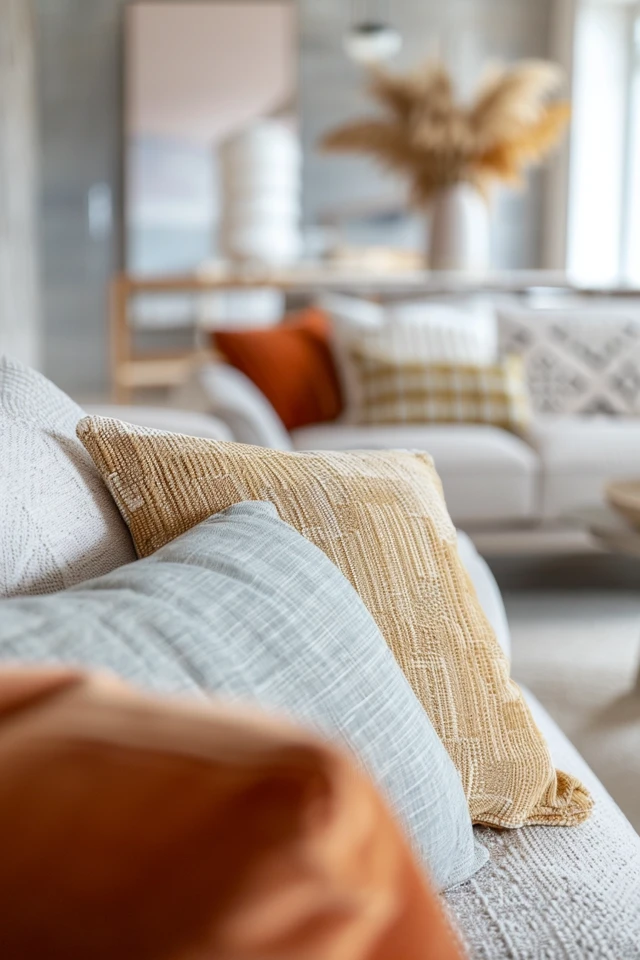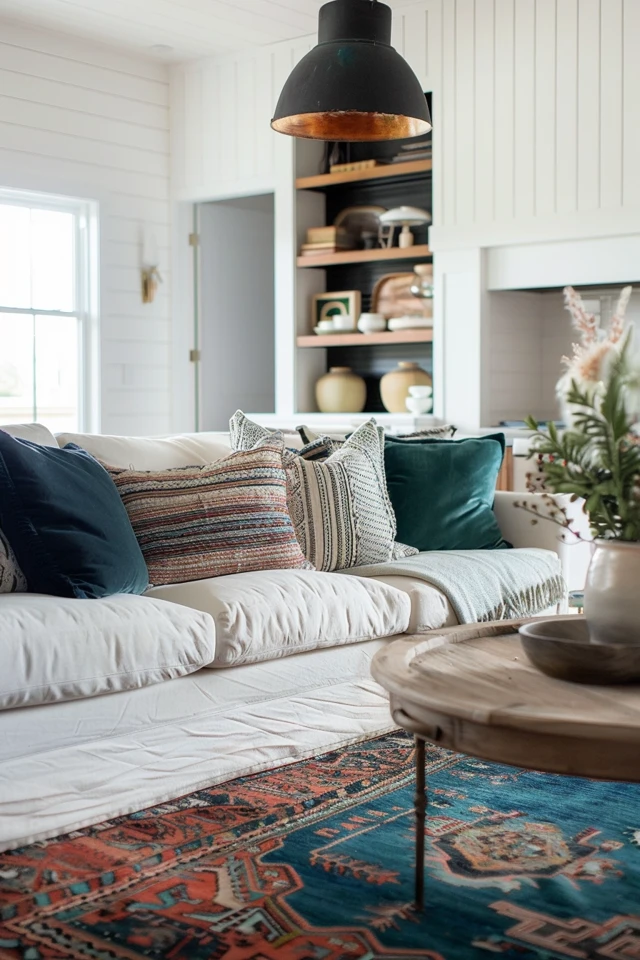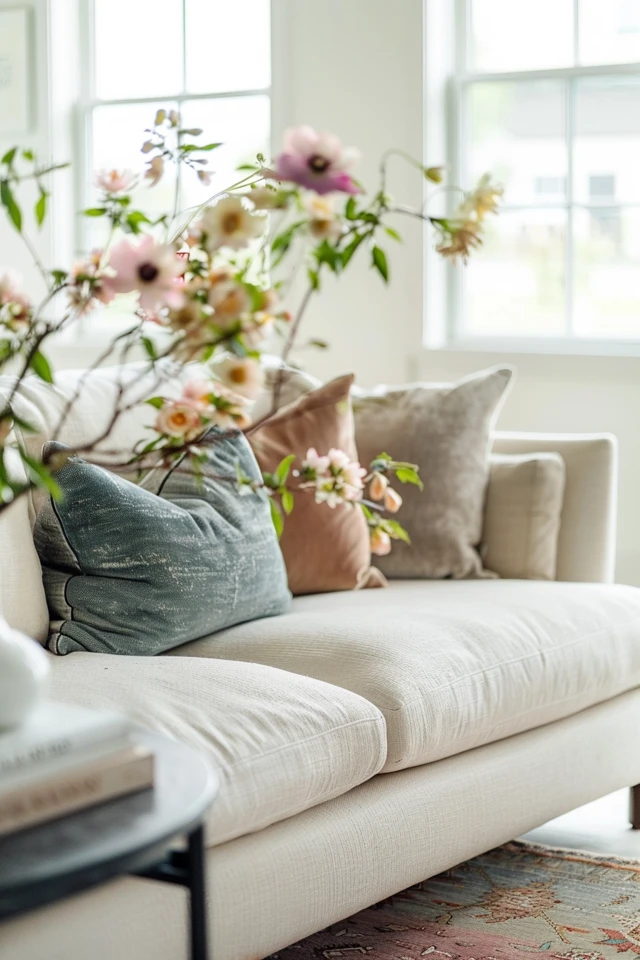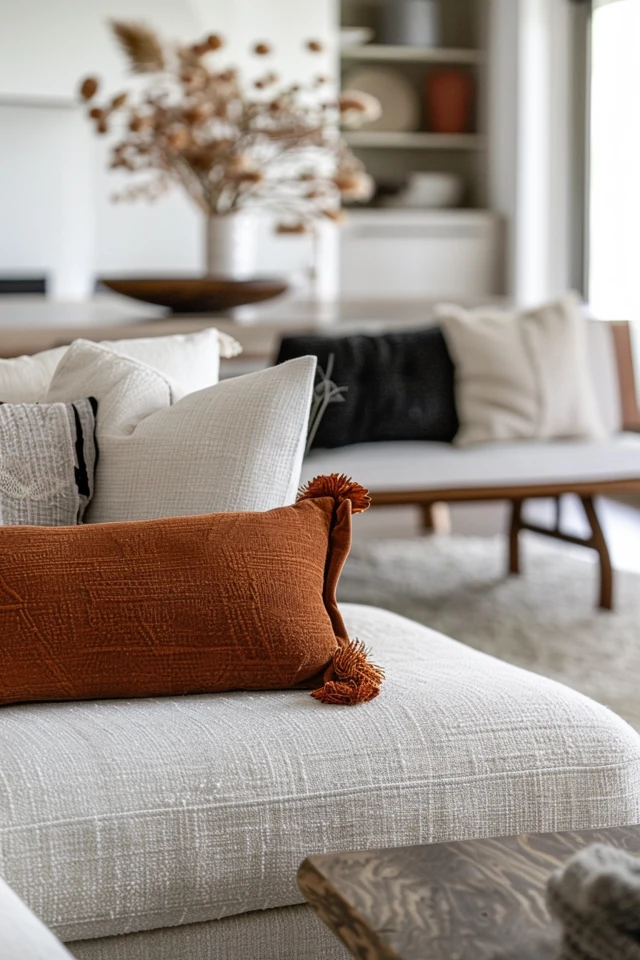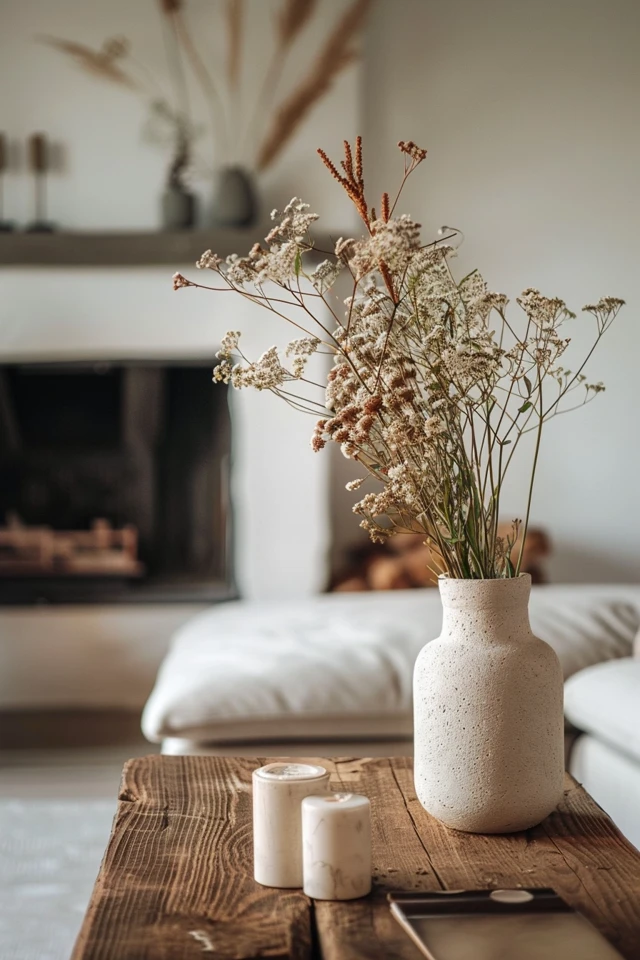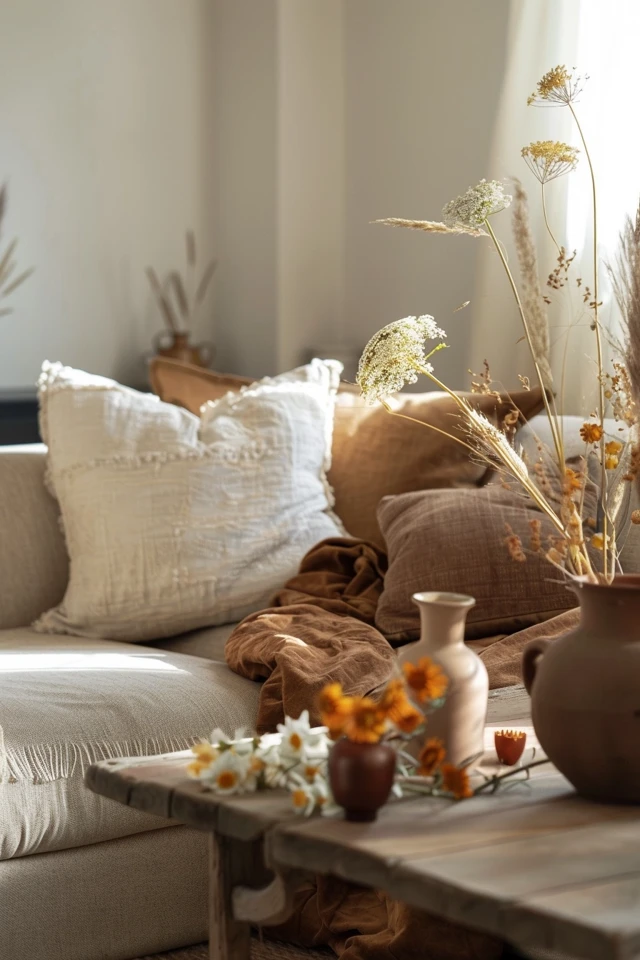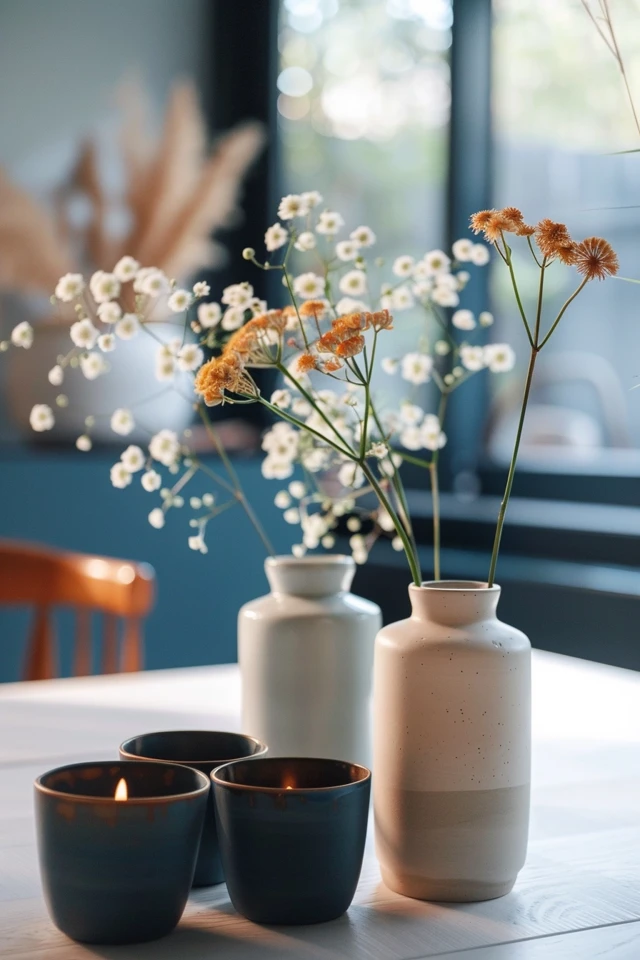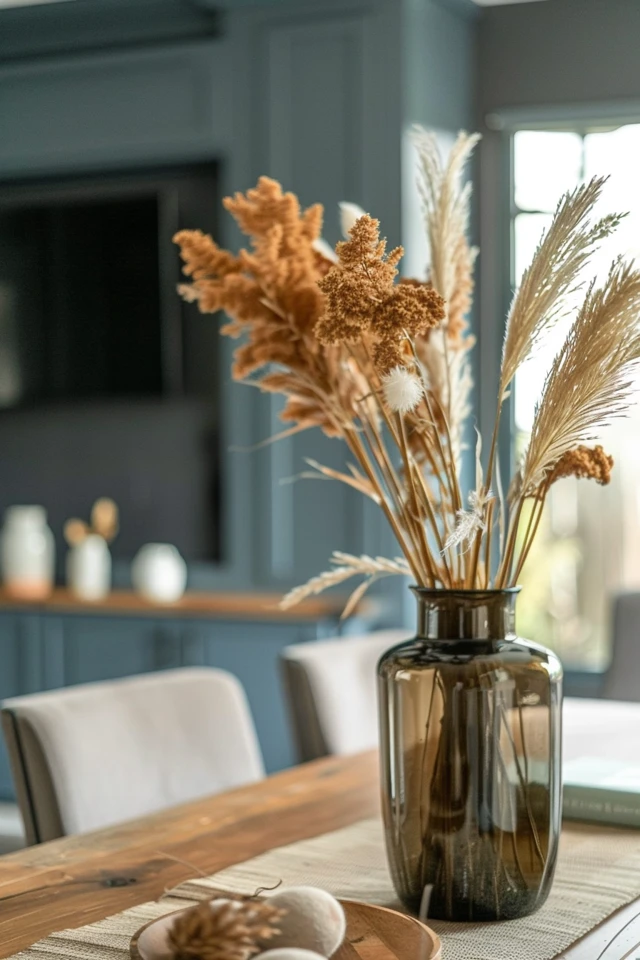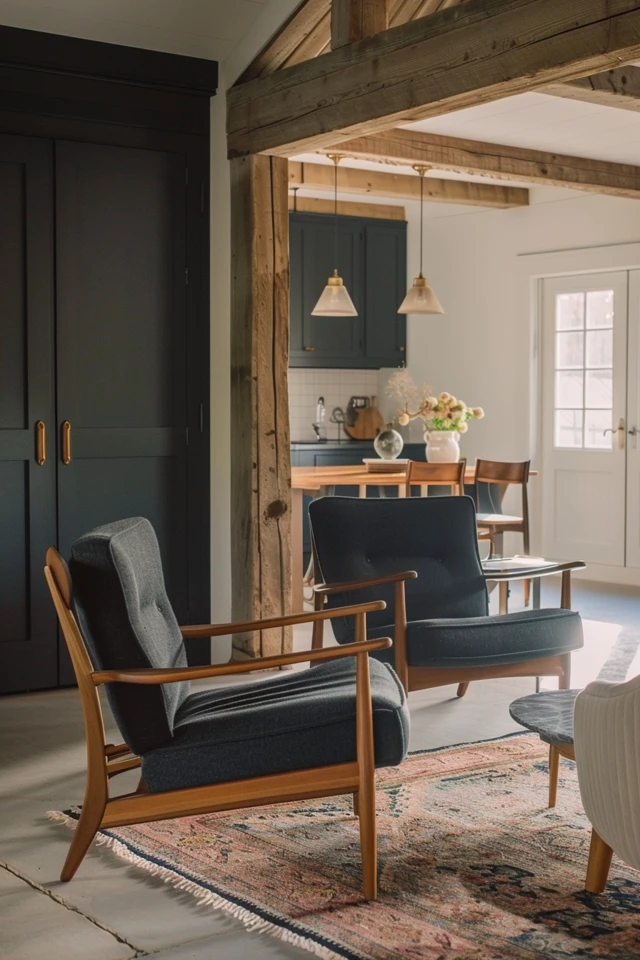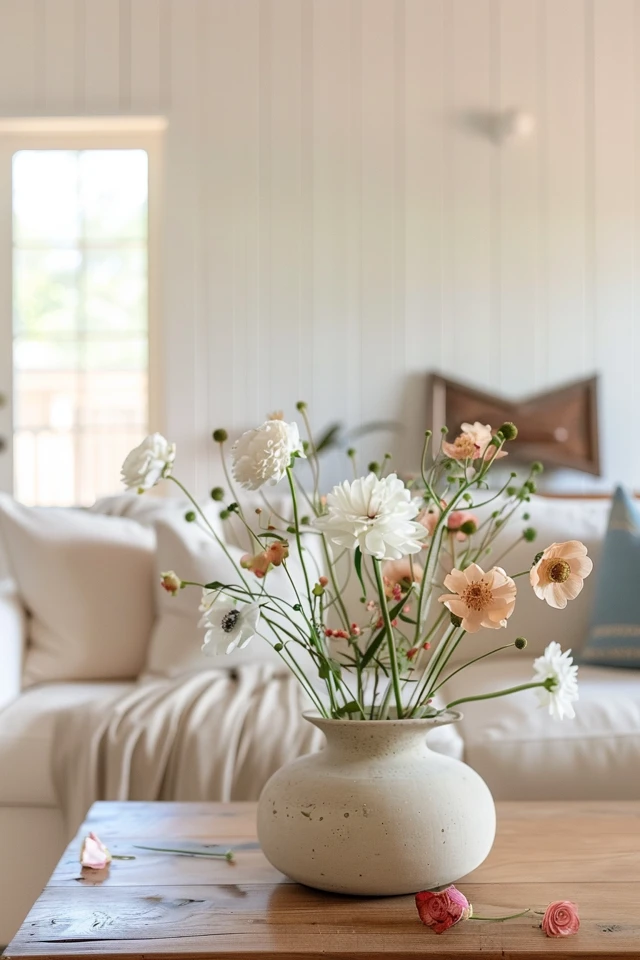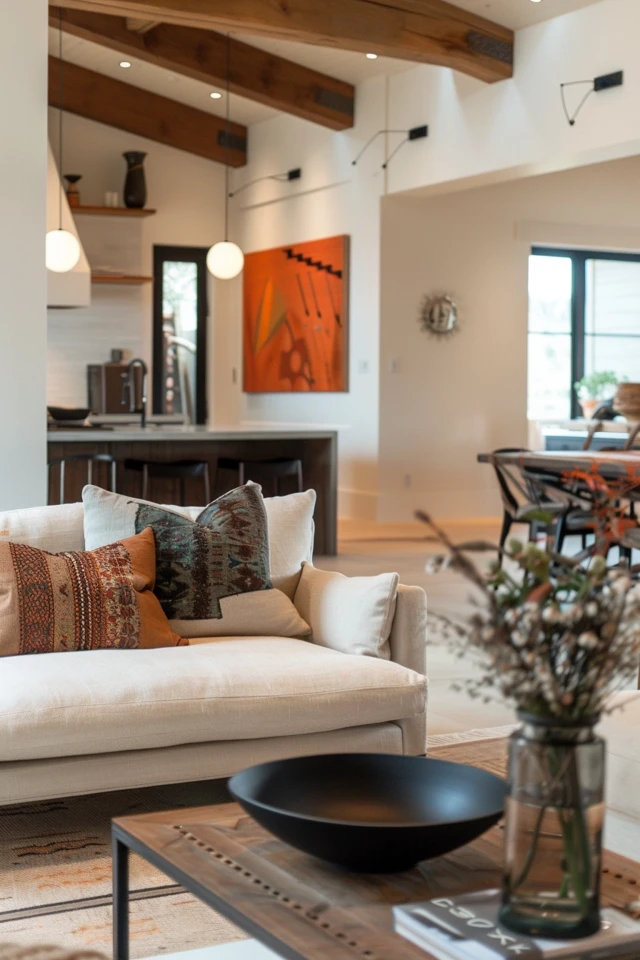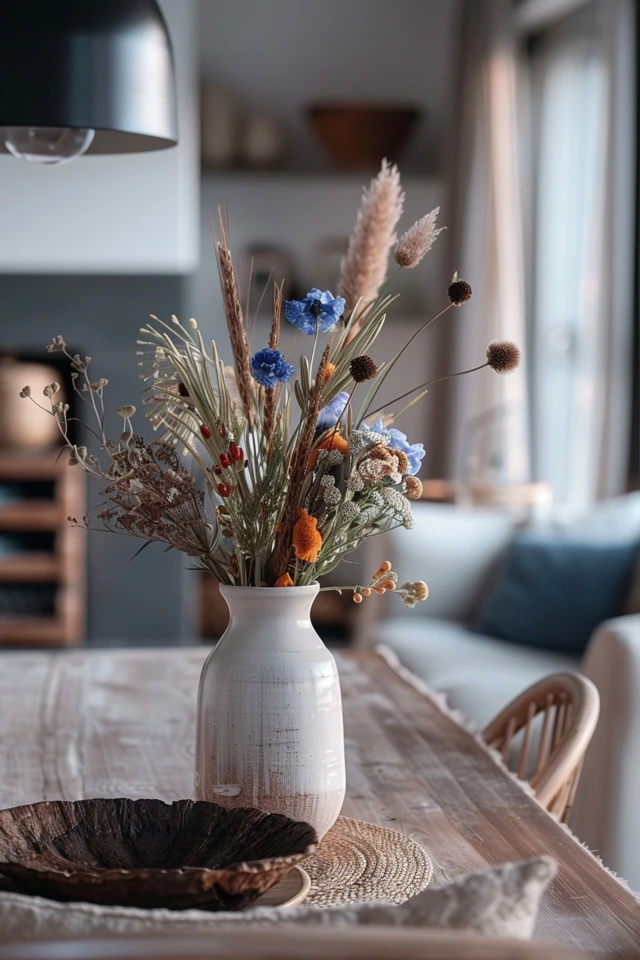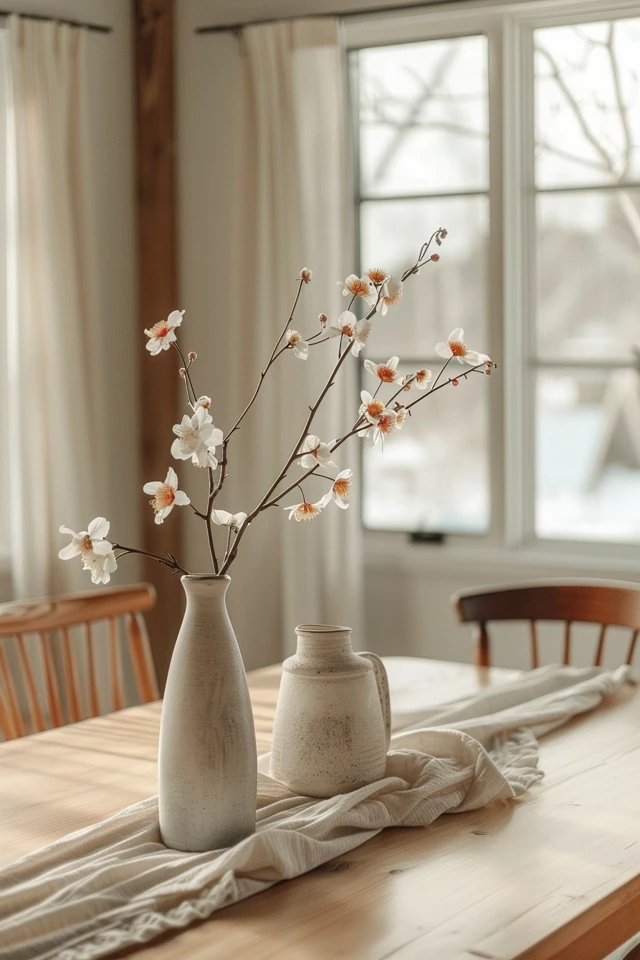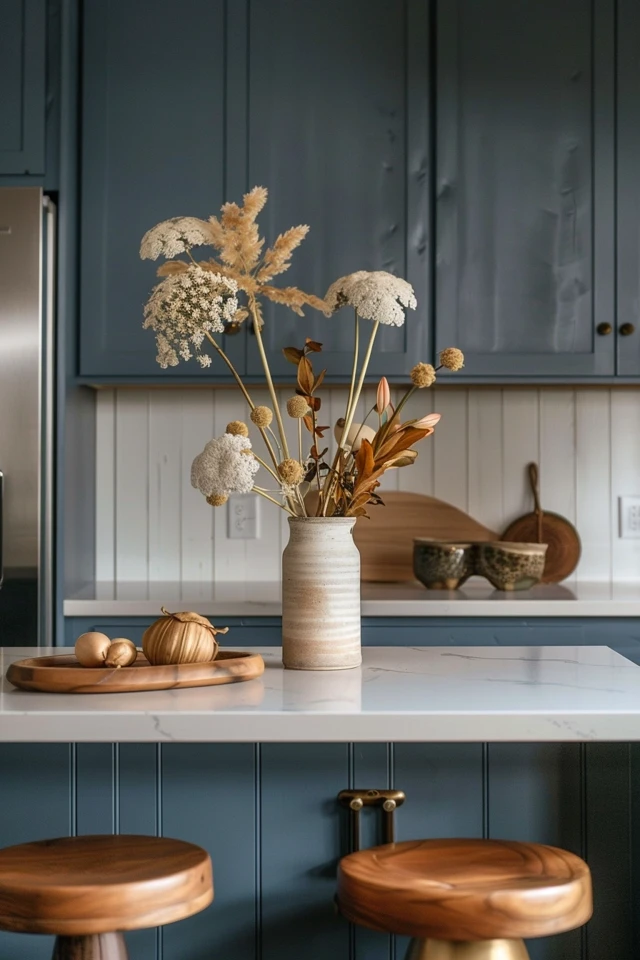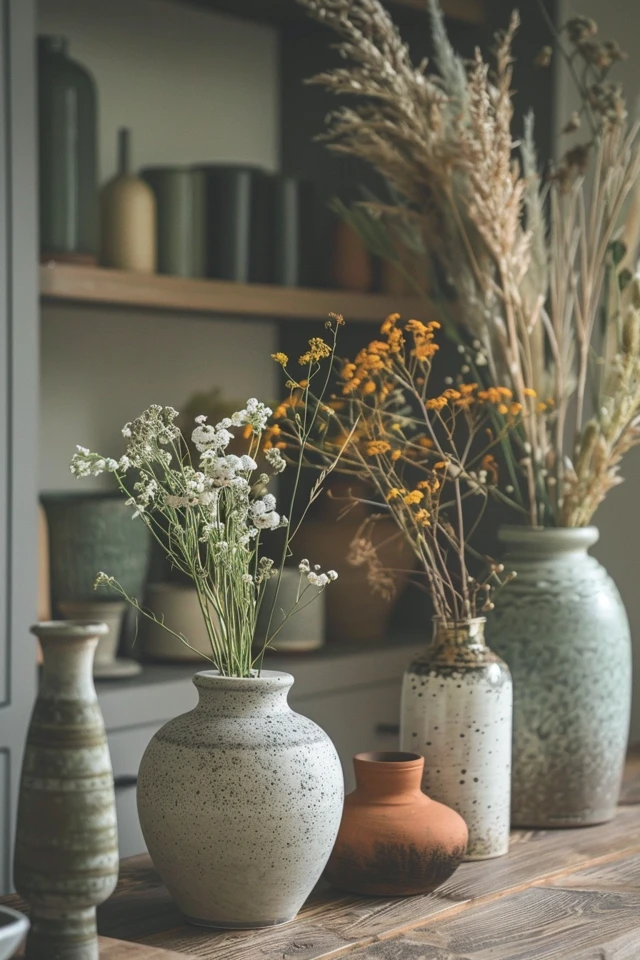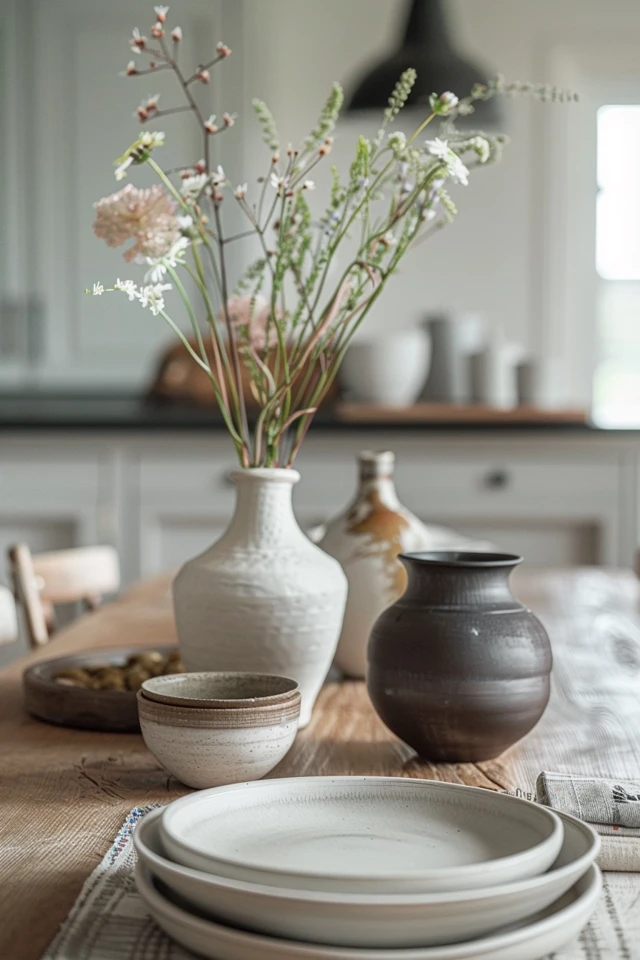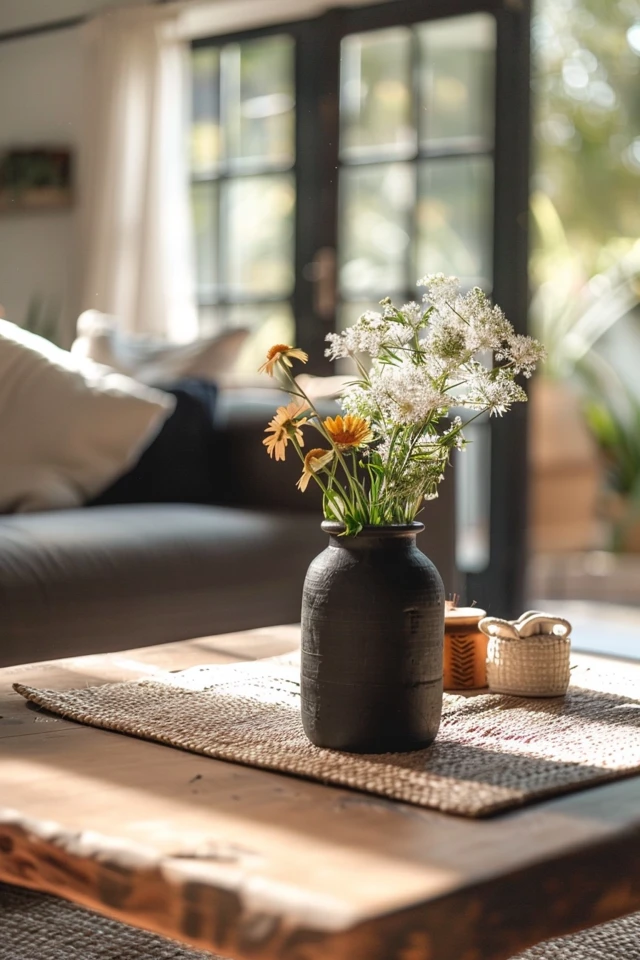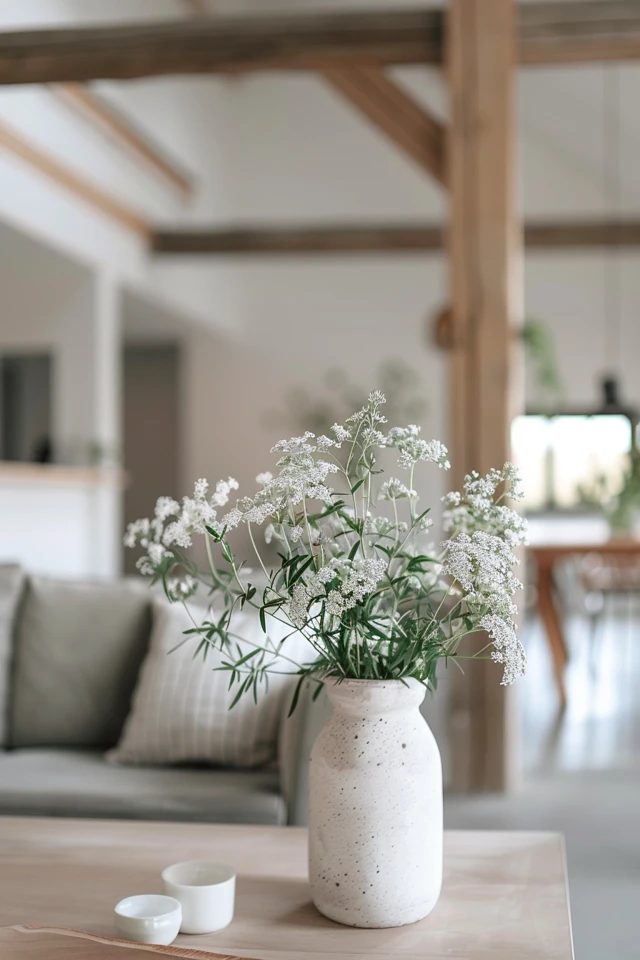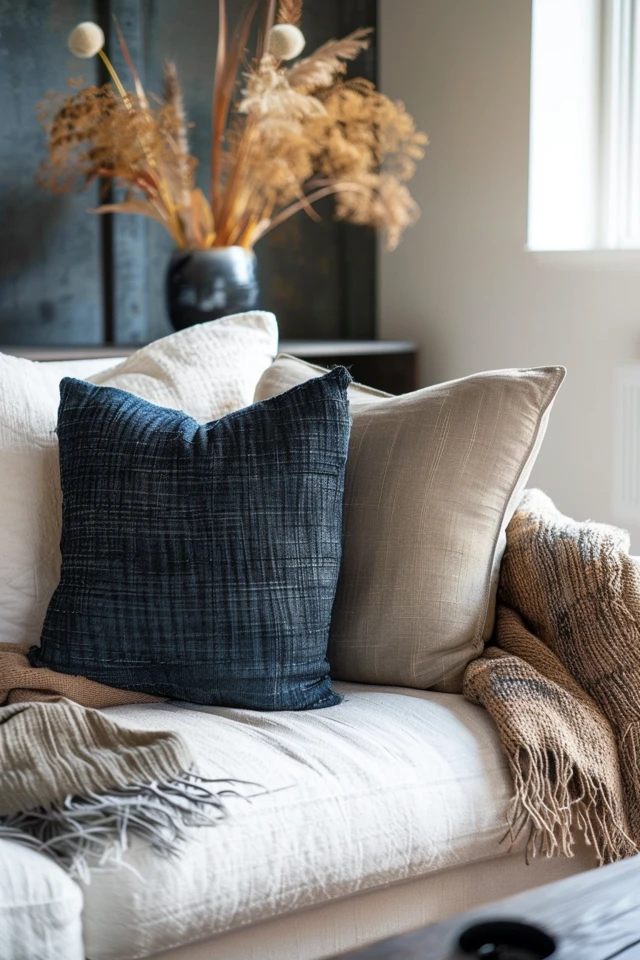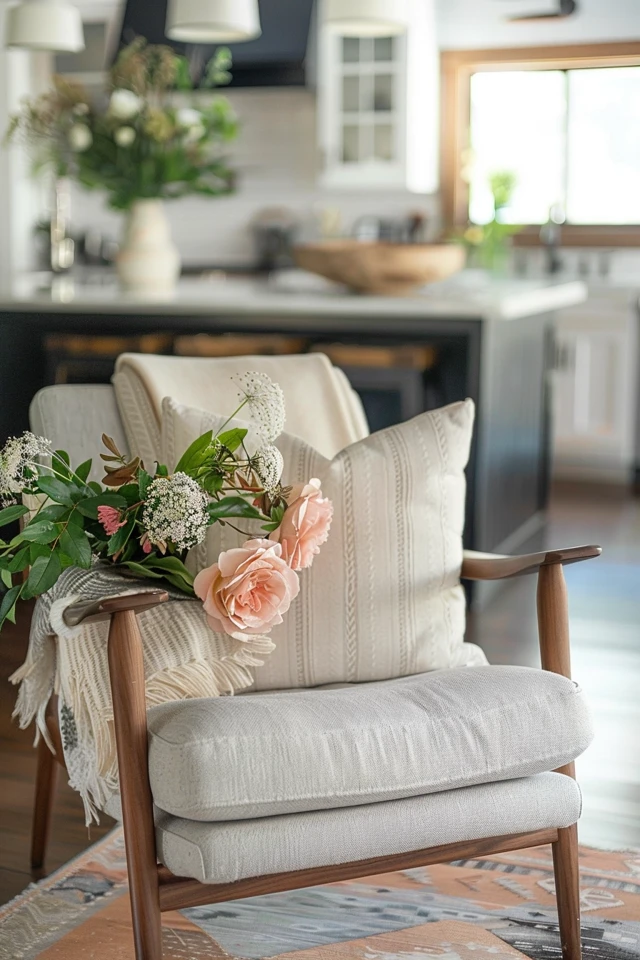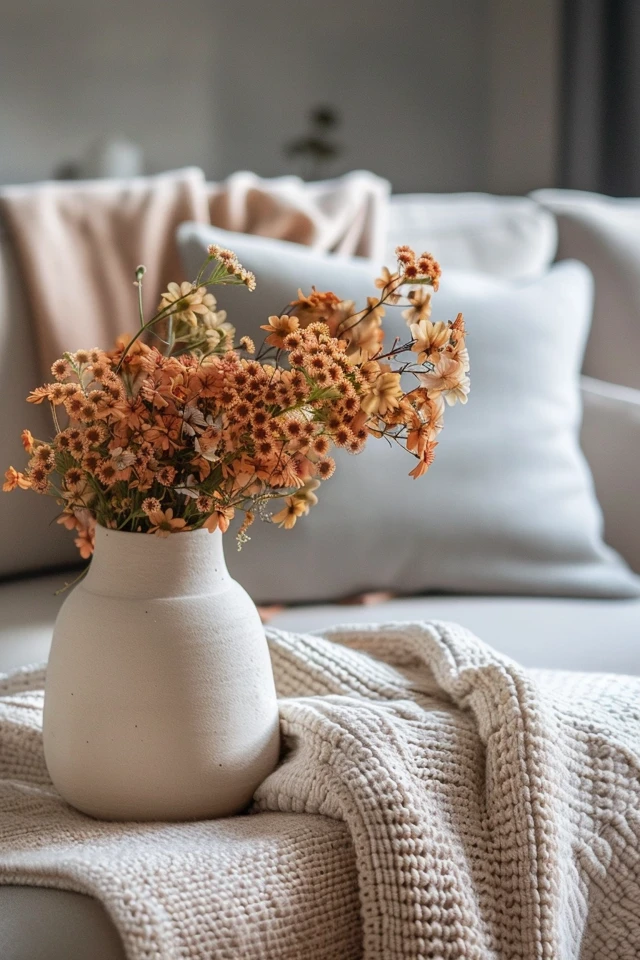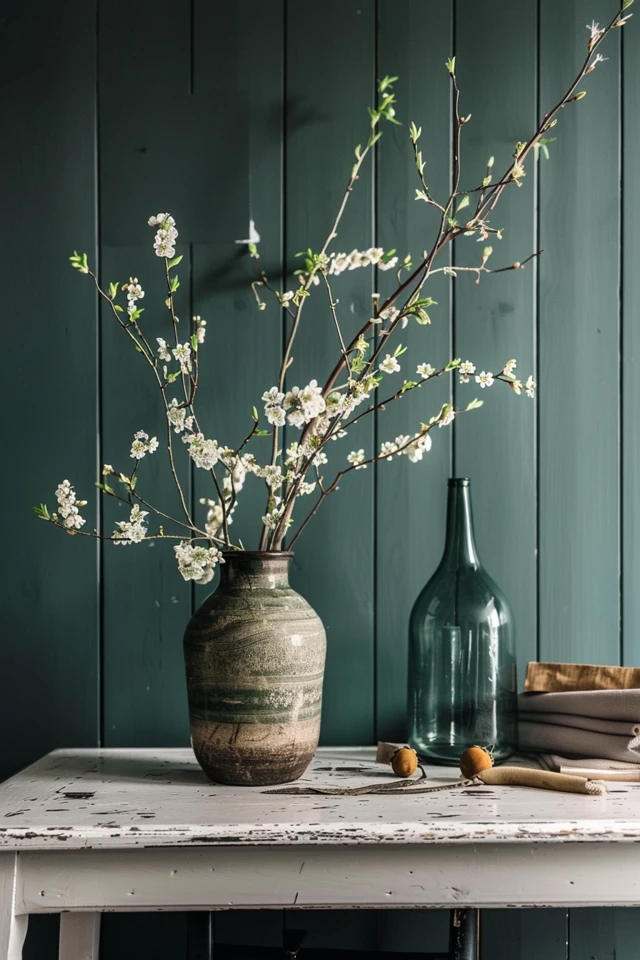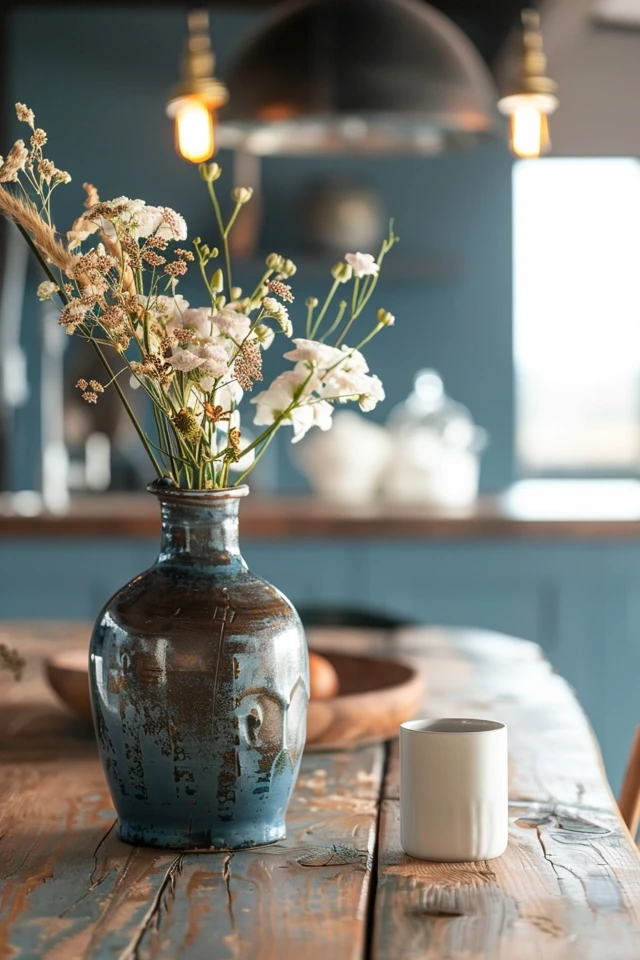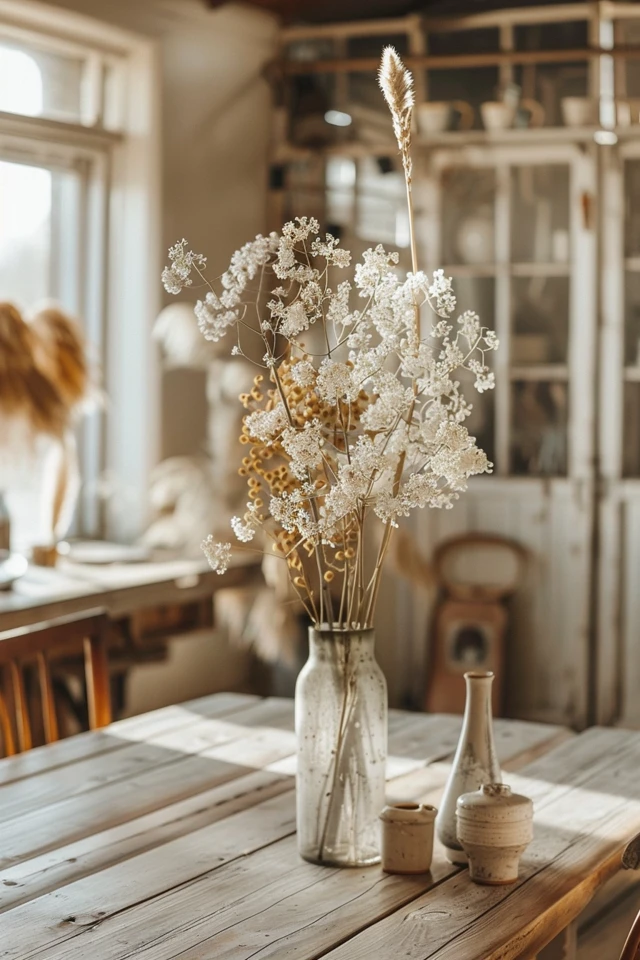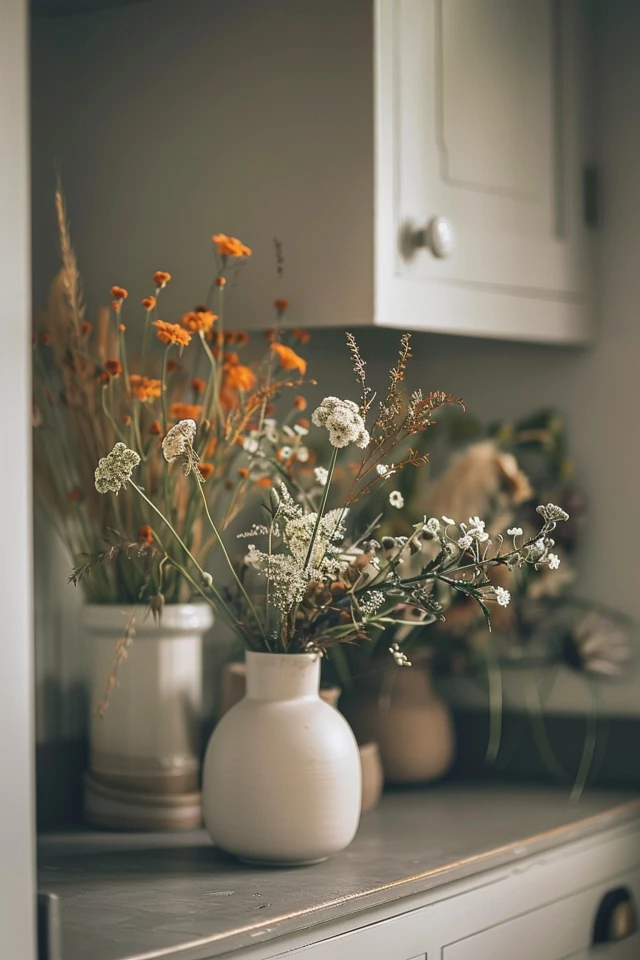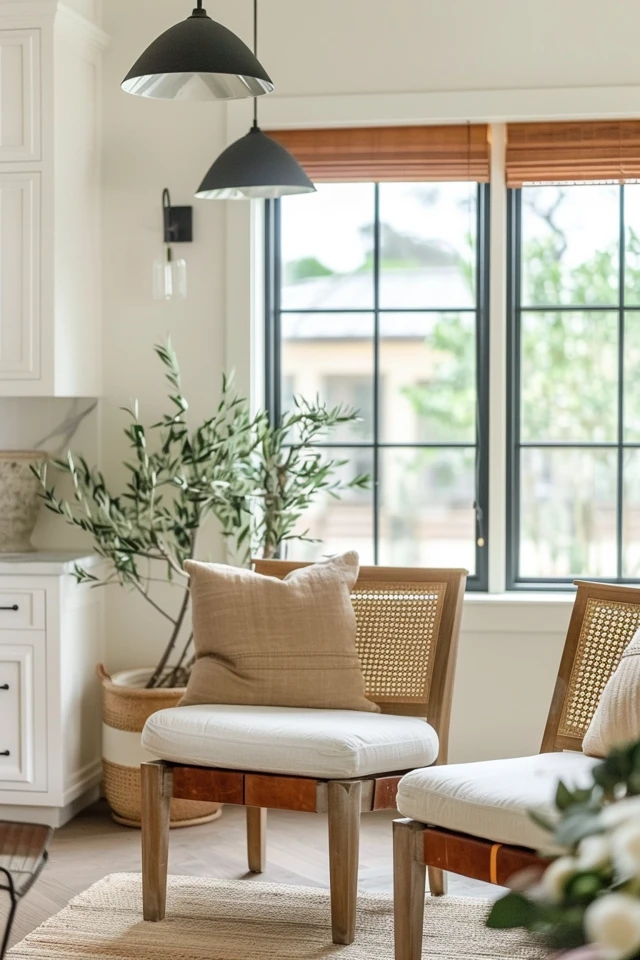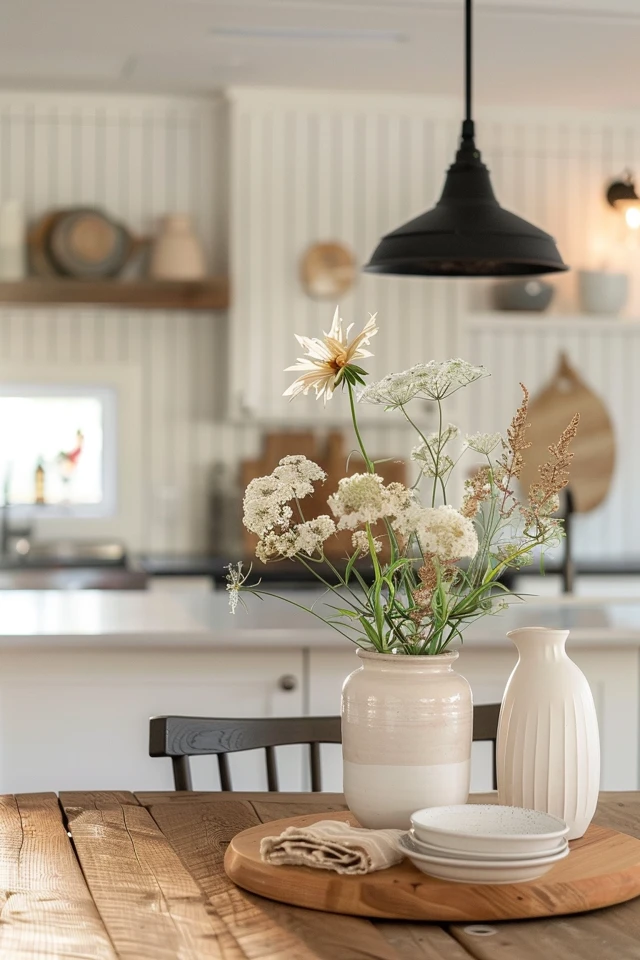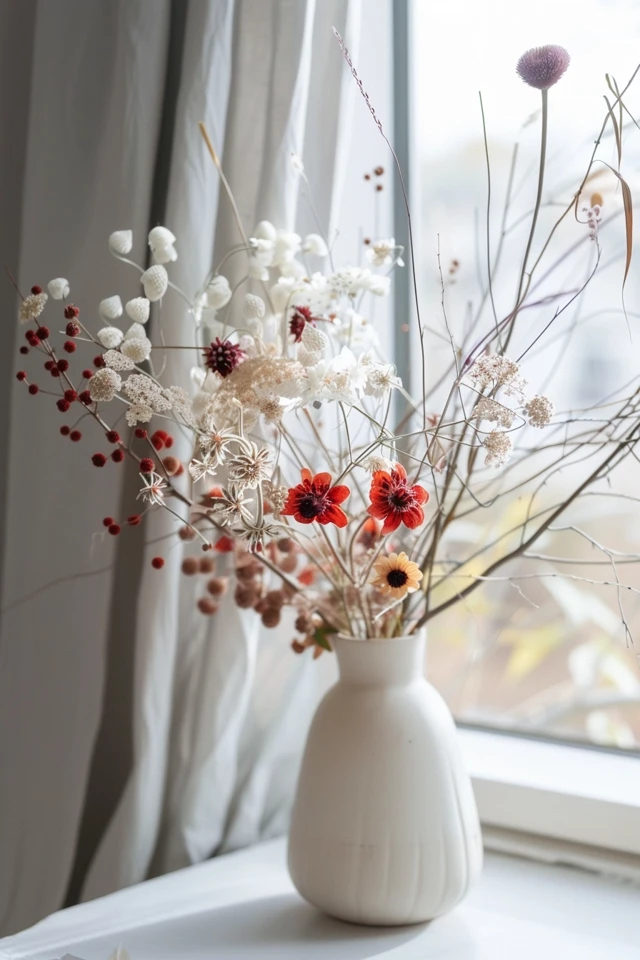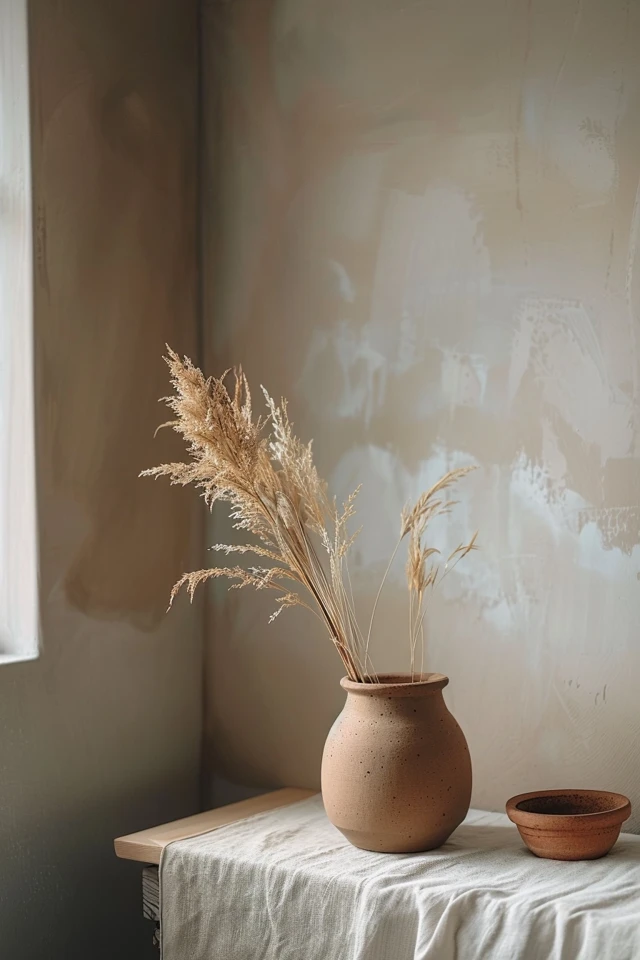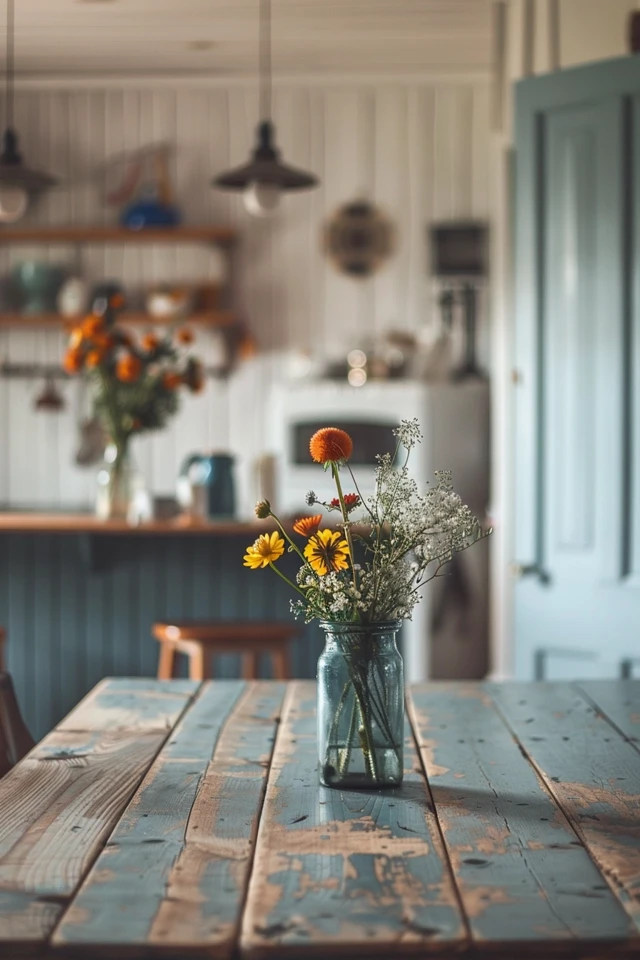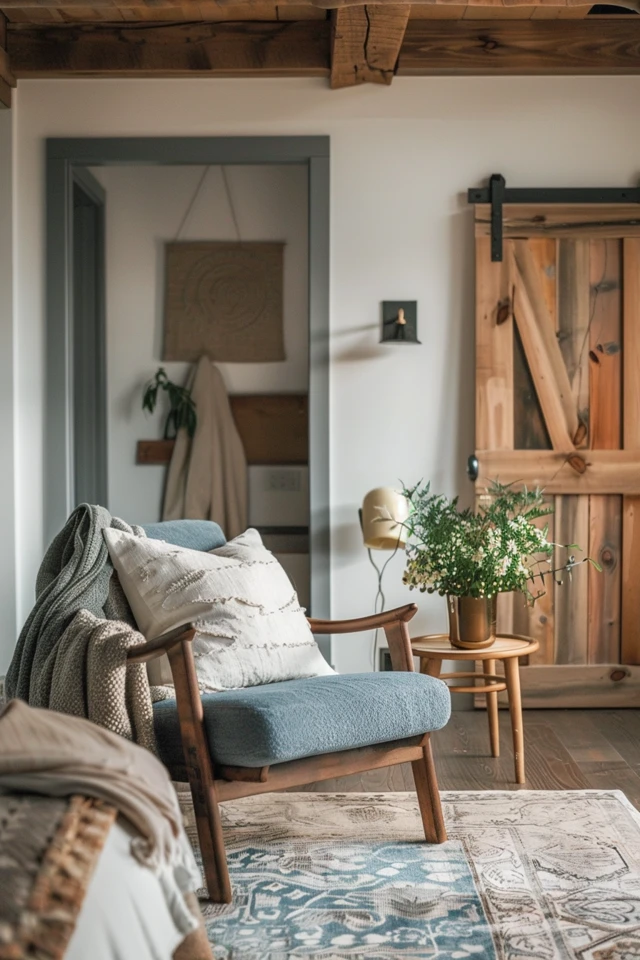Before Reading this Article, Hire Us As Your Designer or Take a Look at My Top 3 Amazon Picks!
If you are looking to blend Amazon's furniture finds with a personalized touch for your space, check out my portfolio, and hire us! You'll get 3 Idea boards, 2 Concept Boards, 2 Realistic Renderings, a Floor Plan, and a Shopping List! Everything's online, plus a 25% discount on your first online interior design project with my Havenly Promo code 4c7441bcfb. With over 2,000 designs since 2017 and top US brand partnerships, your project is in expert hands. US only. Ready to start?
Selecting the right color palette is crucial for creating a farmhouse-inspired home that feels warm, inviting, and timeless. As an architect and interior designer with expertise in evidence-based design, I understand how colors can transform a space and evoke specific moods. This guide will help you choose the perfect shades for your farmhouse decor, ensuring a cohesive and charming look throughout your home.
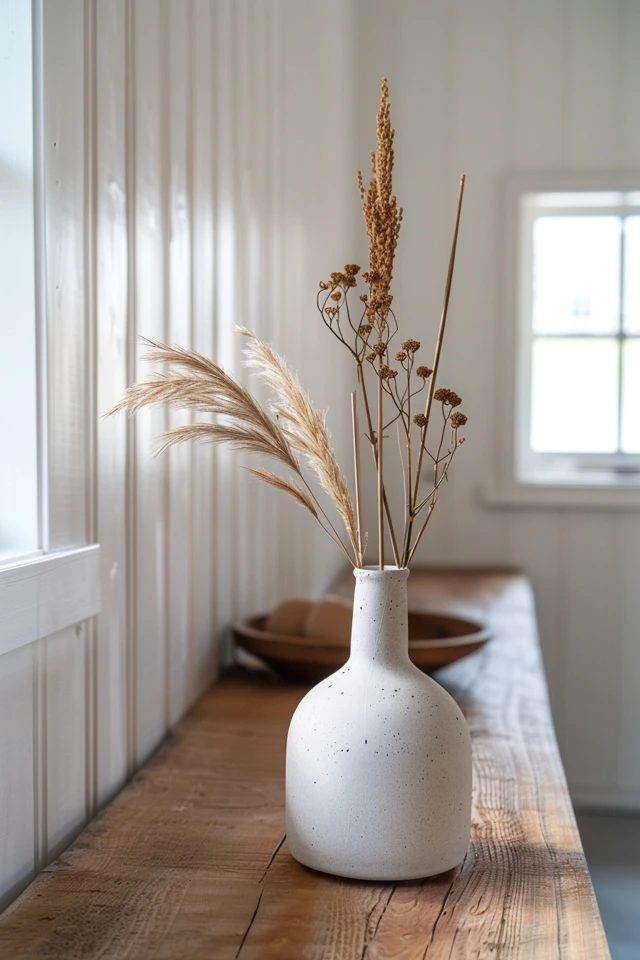
Key Takeaways
- Neutral Base: Start with a neutral base to create a calming atmosphere.
- Warm Accents: Incorporate warm accent colors to add depth and coziness.
- Natural Hues: Use colors inspired by nature for an organic feel.
- Contrasting Elements: Add contrasting elements for visual interest.
- Consistent Palette: Maintain a consistent color palette throughout your home for a cohesive look.
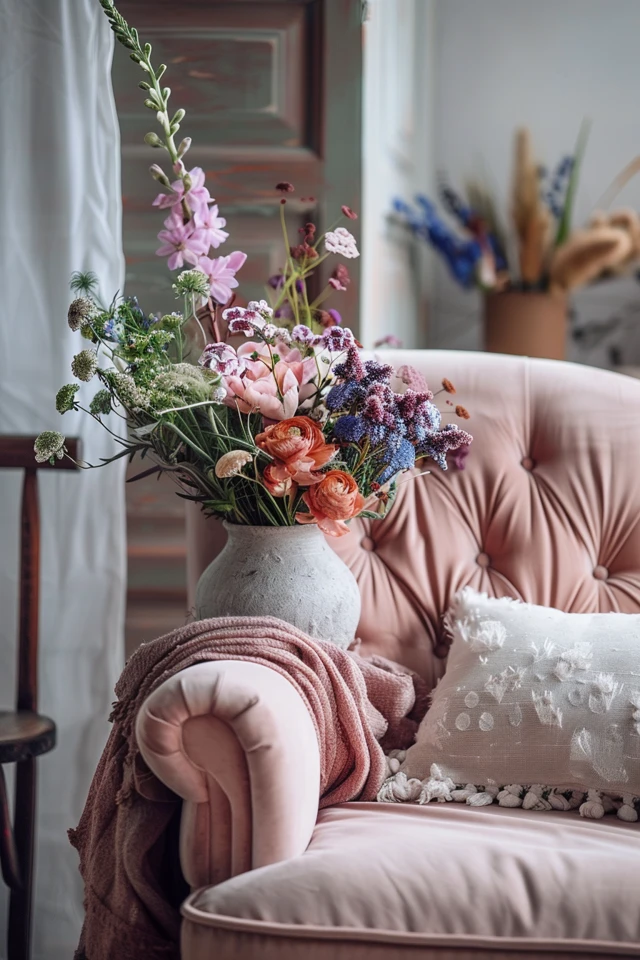
1. Neutral Base
A neutral base is essential for creating a calming and versatile backdrop in a farmhouse-inspired home. Neutral tones are timeless and can easily be updated with accent colors and decor items.
- Soft Whites and Creams: Soft whites and creams reflect light and make a space feel larger and brighter. They are perfect for walls, trim, and cabinetry.
- Warm Grays and Beiges: Warm grays and beiges add depth and sophistication. These colors work well for furniture, flooring, and textiles.
- Light Taupes: Light taupes provide a subtle warmth and pair well with other neutral shades. Use them for wall colors, upholstery, and rugs.
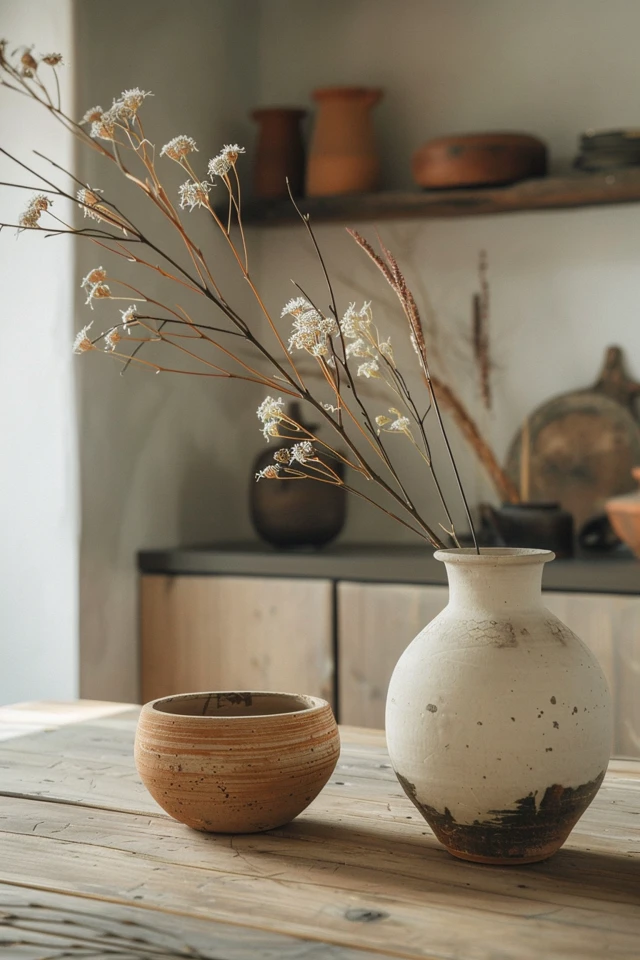
2. Warm Accents
Incorporating warm accent colors adds depth and coziness to your farmhouse decor. These colors can be used in smaller doses to create a welcoming atmosphere.
- Earthy Reds and Terracottas: Earthy reds and terracottas bring warmth and a rustic feel. Use these colors for accent walls, cushions, and decor items.
- Mustard Yellows: Mustard yellows add a touch of vibrancy without overwhelming the space. They work well for throw pillows, curtains, and small furniture pieces.
- Rust Oranges: Rust oranges provide a cozy, autumnal feel. Incorporate them through accessories like vases, artwork, and blankets.
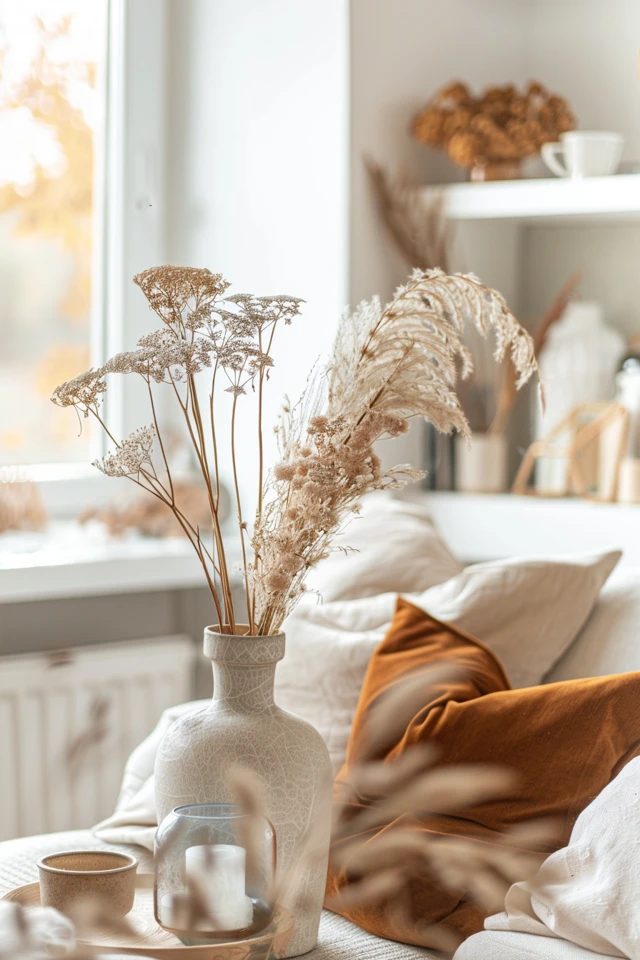
3. Natural Hues
Using colors inspired by nature creates an organic and harmonious feel in your farmhouse home. These hues bring the outdoors in and enhance the rustic charm.
- Sage Greens: Sage greens are calming and refreshing. They are perfect for kitchen cabinets, bathroom walls, and bedroom accents.
- Sky Blues: Sky blues evoke a sense of tranquility and openness. Use them for wall colors, bedding, and decor items.
- Forest Greens: Forest greens add a rich, earthy feel. Incorporate them through furniture, rugs, and accent walls.
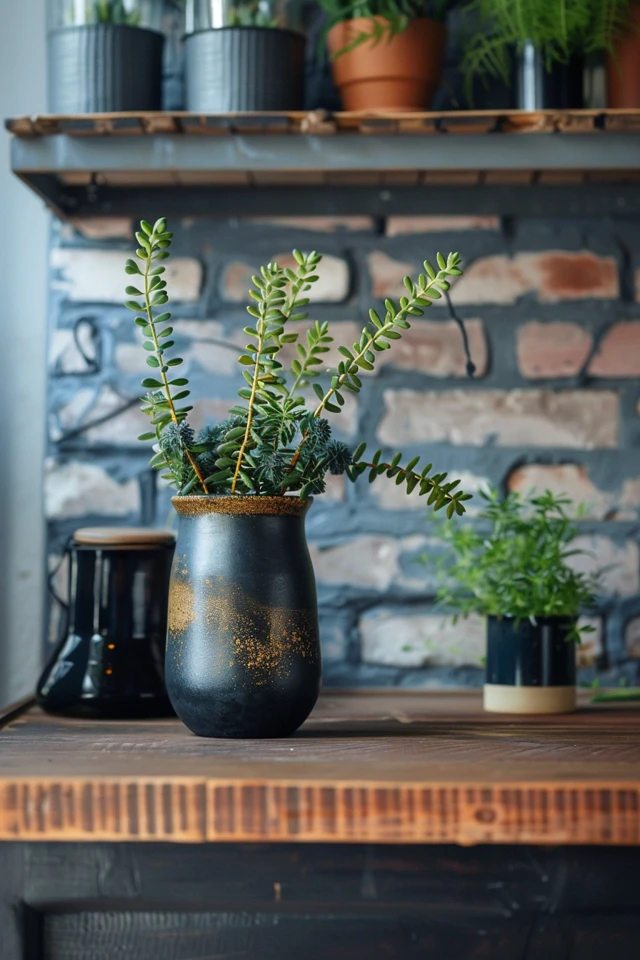
4. Contrasting Elements
Adding contrasting elements to your color palette creates visual interest and prevents the space from feeling monotonous. Use contrasting colors sparingly to achieve a balanced look.
- Black and White: Black and white provide a striking contrast that enhances the farmhouse aesthetic. Use black for hardware, light fixtures, and accent pieces, and white for walls and trim.
- Navy and Gold: Navy and gold add a touch of elegance and sophistication. Use navy for accent walls or furniture, and gold for decorative accessories like mirrors and picture frames.
- Charcoal and Soft Pink: Charcoal and soft pink create a modern yet cozy feel. Use charcoal for larger furniture pieces and soft pink for textiles and small decor items.
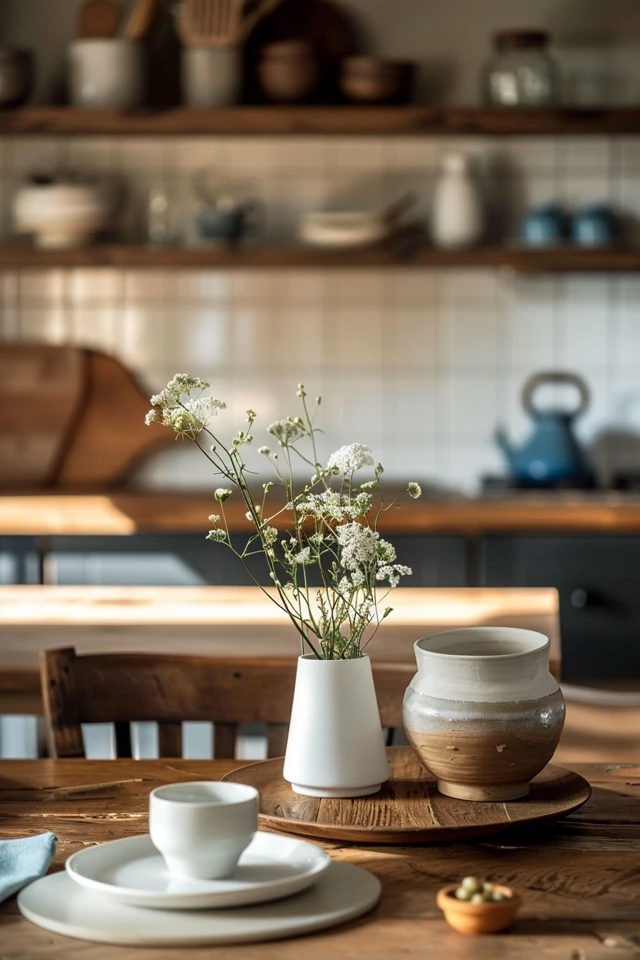
5. Consistent Palette
Maintaining a consistent color palette throughout your home ensures a cohesive and harmonious look. Use your chosen base, accent, and natural hues in varying combinations in different rooms.
- Living Room: Use a neutral base for walls and larger furniture, warm accents for cushions and throws, and natural hues for decor items like plants and artwork.
- Kitchen: Incorporate a neutral base for cabinetry and countertops, warm accents for kitchen accessories, and natural hues for backsplash tiles and small appliances.
- Bedroom: Use a neutral base for walls and bedding, warm accents for throw pillows and rugs, and natural hues for curtains and decorative accessories.
- Bathroom: Use a neutral base for walls and fixtures, warm accents for towels and bath mats, and natural hues for wall art and storage baskets.
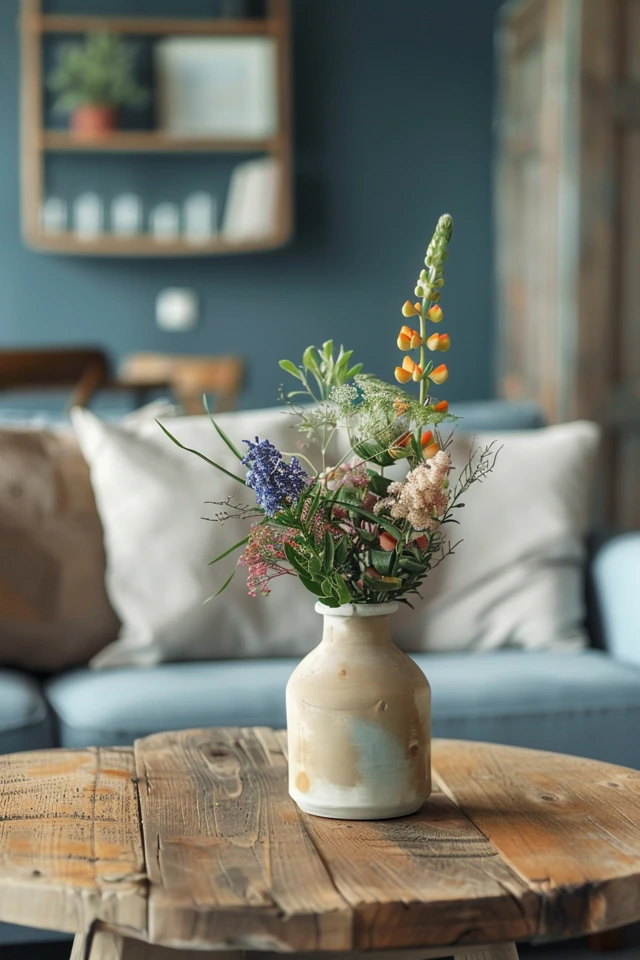
Conclusion
Choosing the perfect farmhouse color palette involves starting with a neutral base, incorporating warm accents, using natural hues, adding contrasting elements, and maintaining a consistent palette throughout your home. These elements come together to create a space that is both beautiful and highly functional. Remember, the essence of farmhouse style lies in its blend of rustic charm and modern comfort, so feel free to mix and match different shades to suit your personal taste. With these tips and inspiration, you’ll be well on your way to creating a stunning farmhouse-inspired home that feels warm and inviting.
Inspirational Pictures
